May 7, 2019
Prelims Pointers
May 7, 2019
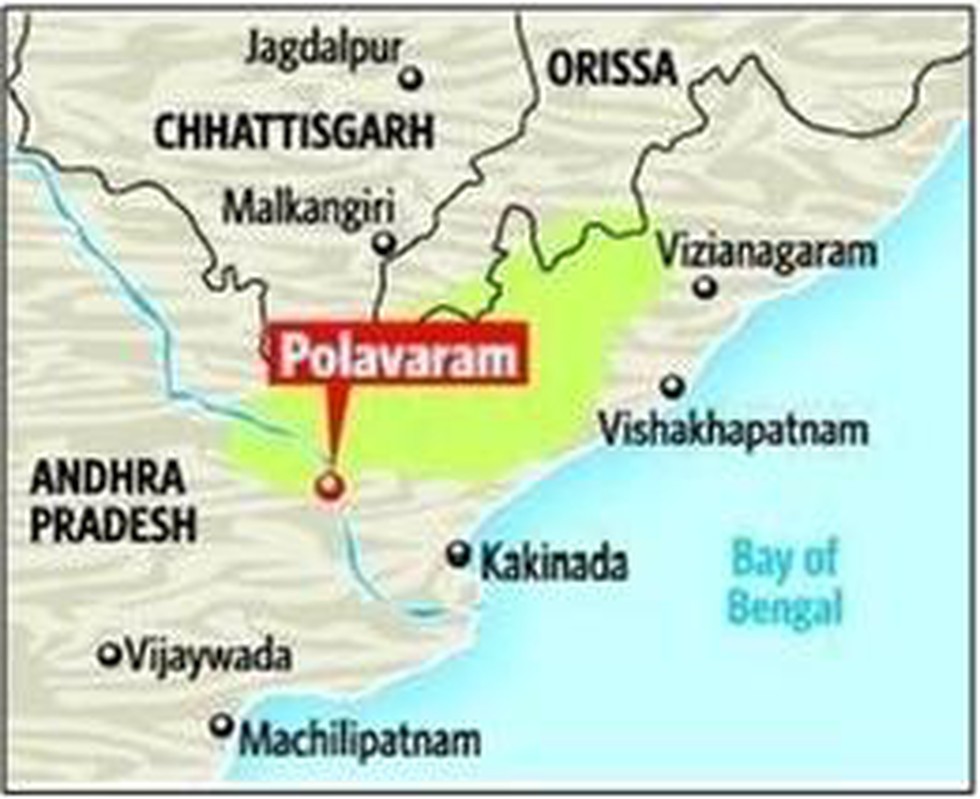
About:
- Polavaram Project, is an under-construction multi-purpose irrigation project.
- Location: It is being constructed on the Godavari River in the West Godavari District and East Godavari District in Andhra Pradesh. Its reservoir spreads into parts of Chhattisgarh and Odisha States also.
- The project has been declared a National Project by Government of India. The Polavaram Project Authority was constituted by the Union Cabinet in May 2014.
- Described as the lifeline of Andhra Pradesh, the Polavaram project, once completed, will provide irrigation water to 75.38 lakh acres of land in 13 districts of the State. Out of them, 32.2 lakh acres will be new ayacut.
Prelims Pointers
May 7, 2019

About:
- Scientific name: Ratufa macroura.
- What is it? It is a large tree squirrel in the genus Ratufa.
- Distribution: The species is usually known to nest in the Western Ghats in Southern India ranging from Chinnar Wildlife sanctuary in Kerala to Anamalai Tiger Reserve and Palani hills in Tamil Nadu. It is also found in Sri Lanka.
- Conservation status: Owing to habitat loss and poaching, the species has been categorised as near threatened by the Red List and listed under Schedule II of CITES. It is also listed under Schedule I of the Wildlife Protection Act, 1972.
- Grizzled Squirrel Wildlife Sanctuary: It is located in Shenbagathoppu, Srivilliputtur, Tamil Nadu.
Prelims Pointers
May 7, 2019
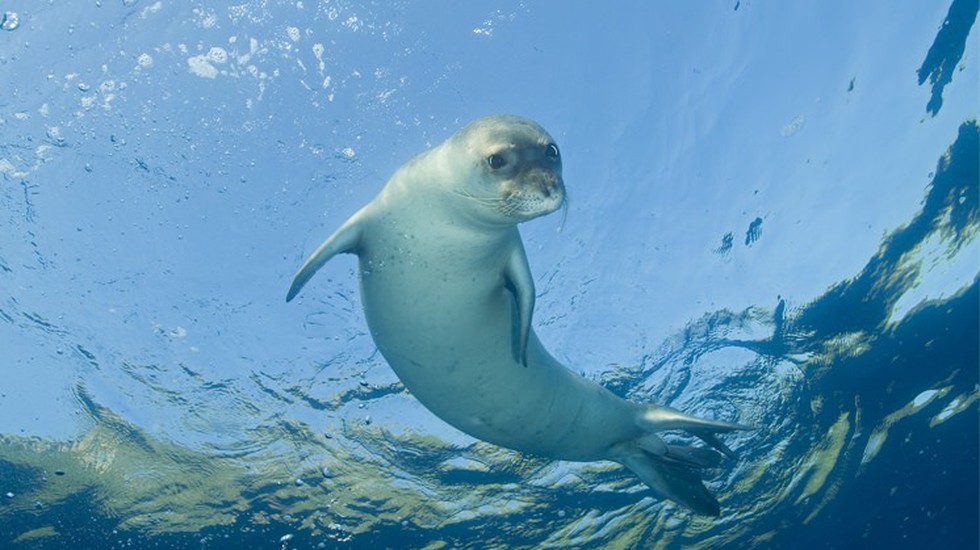
Key Highlights of the report:
- The Global Assessment contained a litany of estimates made after a three-year review of some 15,000 scientific papers that showed the profound impact of the rise of a globalised industrial society on the planet over the past half century.
- Up to one million of Earth’s estimated eight million plant, insect and animal species is at risk of extinction, many within decades.
- 40% of amphibian species and more than a third of all marine mammals are threatened.
- This is because of relentless pursuit of economic growth, twinned with the impact of climate change. Industrial farming and fishing are major drivers of threat.
- Only a wide-ranging transformation of the global economic and financial system could pull ecosystems back from the brink of collapse.
Comment:
- The report’s message echoed the United Nations’ Intergovernmental Panel on Climate Change, which said in October that profound economic and social changes would be needed to curb greenhouse gases quickly enough to avert the most devastating consequences of a warming world.
- The findings will also add to pressure for countries to agree bold action to protect wildlife at a major conference on biodiversity due to take place in China towards the end of next year.
IPBES?
- Full name: The Intergovernmental Science-Policy Platform on Biodiversity and Ecosystem Services (IPBES).
- What is it? It is the intergovernmental body which assesses the state of biodiversity and of the ecosystem services it provides to society, in response to requests from decision makers.
- Established in: 2012.
- Membership: Currently has over 130 governments are its member States. India is its founding member.
- Secretariat: Bonn, Germany.
Prelims Pointers
May 7, 2019
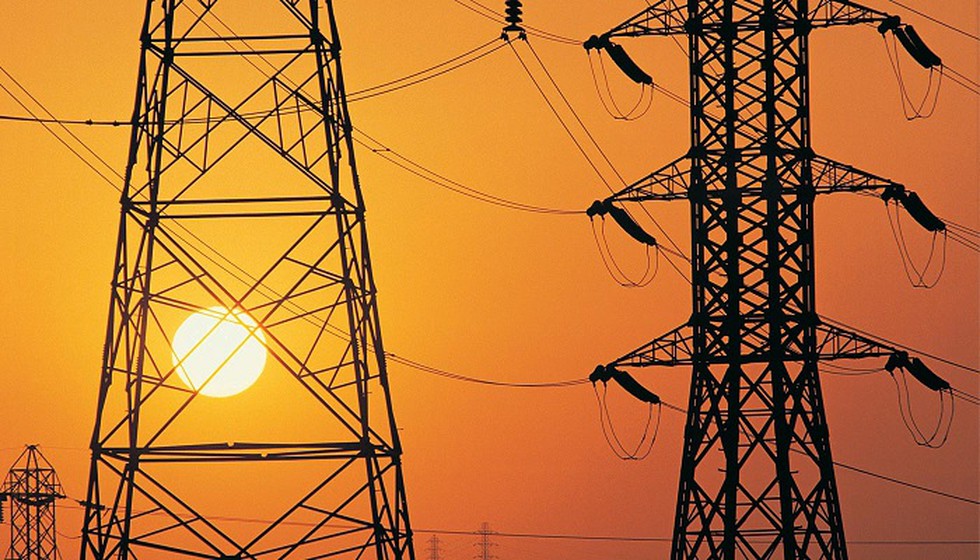
Recent report:
- CRISIL analysed State-owned electricity distribution companies (Discoms) in 15 States, which account for 85% of the aggregate losses.
- According to it, aggregate external debt of these diiscoms is set to increase to pre-Ujwal Discom Assurance Yojana (UDAY) levels of ₹2.6 lakh crore by the end of this fiscal.
- With most States having limited fiscal headroom, continuous financial support to their discoms may be difficult. So discoms have to become commercially viable through prudent tariff hikes and a material reduction in aggregate technical and commercial (AT&C) losses.
UDAY?
- Full name: Ujjwal DISCOM Assurance Yojana (UDAY).
- Scheme Objectives:
- The scheme was launched for operational and financial turnaround of State owned Power Distribution Companies (DISCOMs).
- It aims to reduce the interest burden, reduce the cost of power, reduce power losses in Distribution sector, and improve operational efficiency of DISCOMs.
- Strategy: This is through four initiatives (i) Improving operational efficiencies of DISCOMs; (ii) Reduction of cost of power; (iii) Reduction in interest cost of DISCOMs; (iv) Enforcing financial discipline on DISCOMs through alignment with State finances.
- Launched by: Ministry of Power.
- History: It was approved by Union Cabinet in November, 2015.
Prelims Pointers
May 7, 2019
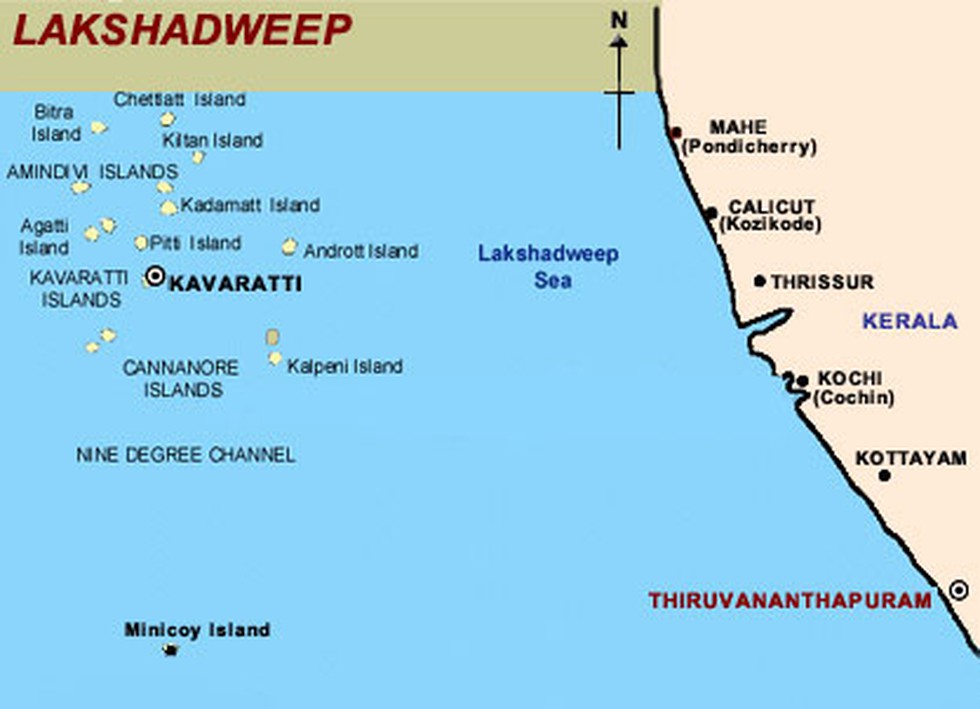
Genetic study on people of Lakshadweep:
- The Genetic study was done by a team of researchers at CSIR-Centre for Cellular and Molecular Biology (CCMB).
- The studies have shown that a majority of human ancestry in Lakshadweep is largely derived from South Asia with minor influences from East and West Eurasia.
- And, there was no evidence of early human migration through the Lakshadweep islands. Earlier it was presumed that Lakshadweep Islands might have presence of genetic signatures of ancient people, such as Andamanese and Australian aboriginals.
- However, the genetic composition of the first human settlement of this archipelago is not clear.
Lakshadweep?
- Location: Lakshadweep is an archipelago of 36 islands in the Laccadive Sea, scattered over approximately 78,000 square km of the Arabian Sea, 200-440 kms off the south-western coast of India.
- Polity & Governance:
- The archipelago is a Union Territory and is governed by the Union Government of India.
- The region forms a single Indian district.
- Kavaratti serves as the capital of the Union Territory.
- The region comes under the jurisdiction of Kerala High Court.
- Size: The islands form the smallest Union Territory of India and their total surface area is just 32 km2.
- Geology: The islands are the northernmost of the Lakshadweep-Maldives-Chagos group of islands, which are the tops of a vast undersea mountain range, the Chagos-Laccadive Ridge.
- The main islands are: Kavaratti, Agatti, Minicoy, and Amini.
- The Nine Degree Channel: It is a channel in the Indian Ocean between the Laccadive Islands of Kalpeni and Suheli Par, and Maliku Atoll. It is so named as it lies on the 9-degree line of Latitude, north of the equator.
- Human history:
- The islands were known to sailors since ancient times and historical documents say that the spread of Buddhism to these islands happened during 6th century B.C. and Islam was spread by in 661 A.D. by Arabians.
- Cholas ruled the islands in 11th century, Portuguese in 16th century, Ali Rajahs in 17th, Tipu Sultan in 18th before the British Raj of 19th century.
Prelims Pointers
May 7, 2019
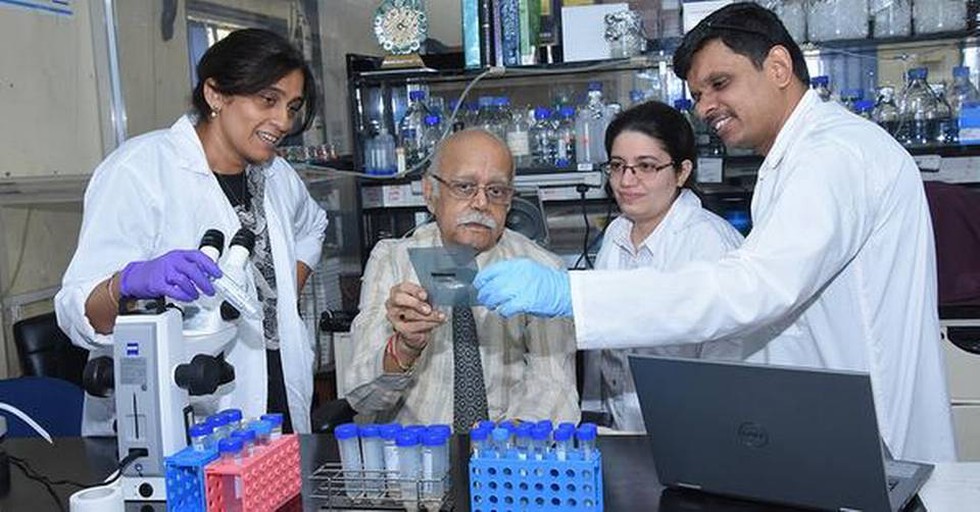
About:
- Chemical name: Serotonin is also known as 5-hydroxytryptamine (5-HT).
- What is it? Serotonin is a monoamine neurotransmitter i.e. it is a chemical that signals between neurons.
- Functions: At the level of an organism, serotonin is known to be involved in coping with stress. However, the underlying mechanism of its neuro-protective role was unknown.
- Recent discovery: The recent discovery establishes that serotonin is involved in the generation of new mitochondria (the powerhouse of the cell) in neurons, increased cellular respiration and fuel (ATP) in the cell.
- Medical applications: Serotonin’s newly indentified function has been studied in mice and rats. If found to be true in humans, it may have important medical implications. Serotonin signalling could be used to prevent mitochondrial abnormalities and neuronal loss.
- Neuronal loss is a major cause of neurodegenerative diseases such as in Alzheimer’s and Parkinson’s.
- Abnormal mitochondrial functions are known to cause or contribute to neuronal death.
- Neuronal loss is a major cause of neurodegenerative diseases such as in Alzheimer’s and Parkinson’s.
Prelims Pointers
May 7, 2019
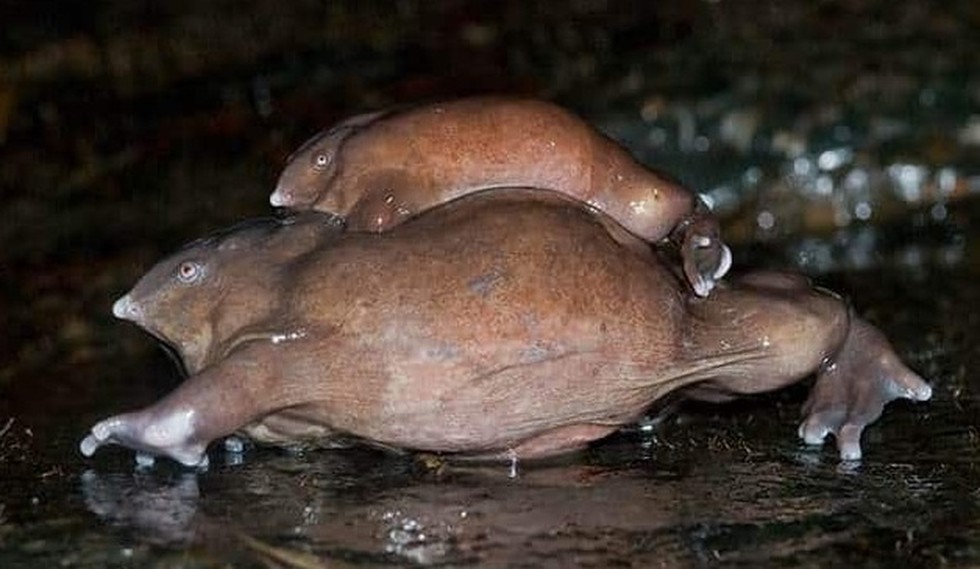
About:
- Scientific Name: Nasikabatrachus sahyadrensis.
- Common Name: It is also known as Purple Frog, Maveli frog or Pignose Frog.
- Family: The purple frog is a frog species belonging to the family Sooglossidae.
- Features:
- Its body appears robust and bloated and is relatively rounded compared to other flattened frogs. Compared to other frogs, N. sahyadrensis has a small head and an unusual pointed snout.
- Adults are typically dark purplish-grey in color.
- It lives almost its entire life in underground tunnels, comes out to the surface for a single day in a year to breed.
- Its body appears robust and bloated and is relatively rounded compared to other flattened frogs. Compared to other frogs, N. sahyadrensis has a small head and an unusual pointed snout.
- Distribution: Earlier thought to be restricted to the south of the Palghat Gap in the Western Ghats, the species is now known to be quite widely distributed in the Western Ghats.
- History: Herpetologists believe that the species should be rightly called a ‘living fossil’ as it’s evolutionary roots suggest it could have shared space with dinosaurs going back almost 70 million years ago.
- Conservation Status: It listed as endangered on the red list of the International Union for Conservation of Nature (IUCN).
Prelims Pointers
May 7, 2019
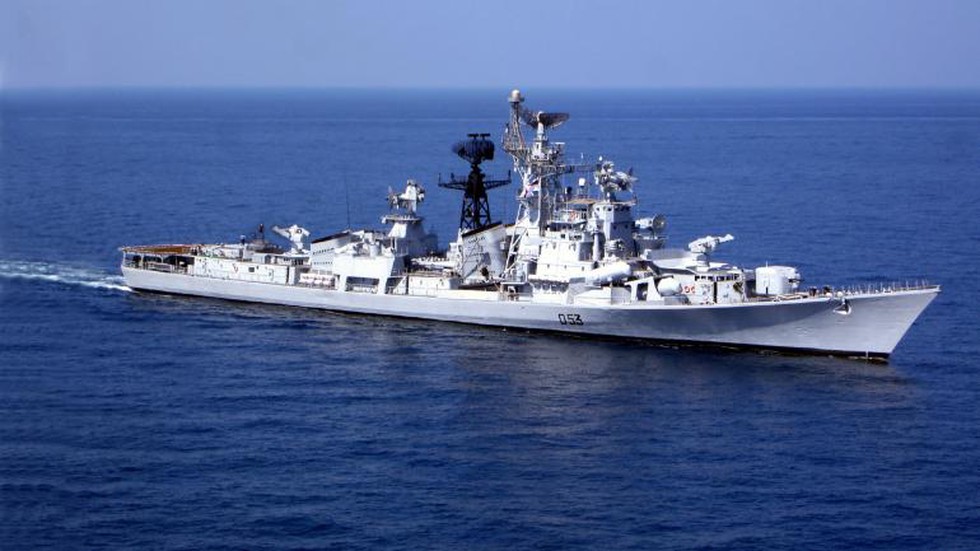
About:
- INS Ranjit, the third of the five Rajput-class destroyers built by the erstwhile USSR, was commissioned in 1983.
- The ship has rendered yeoman service to the nation for 36 years. Since being commissioned, INS Ranjit has sailed for 2,190 days, covering over 7,43,000 nautical miles, equivalent to navigating around the world 35 times and 3.5 times the distance from the earth to the moon.
- The ship was at the forefront of major naval operations and served on both the Eastern and Western seaboards.
- Apart from naval operations like 'Op Talwar' and various multinational exercises, the ship participated in relief operations post Tsunami in 2004 and Hud-hud on 2014.
- In recognition of the service rendered by INS Ranjit to the nation, the ship was awarded Unit Citations by the Chief of Naval Staff in 2003-04 and in 2009-10.
Prelims Pointers
May 7, 2019
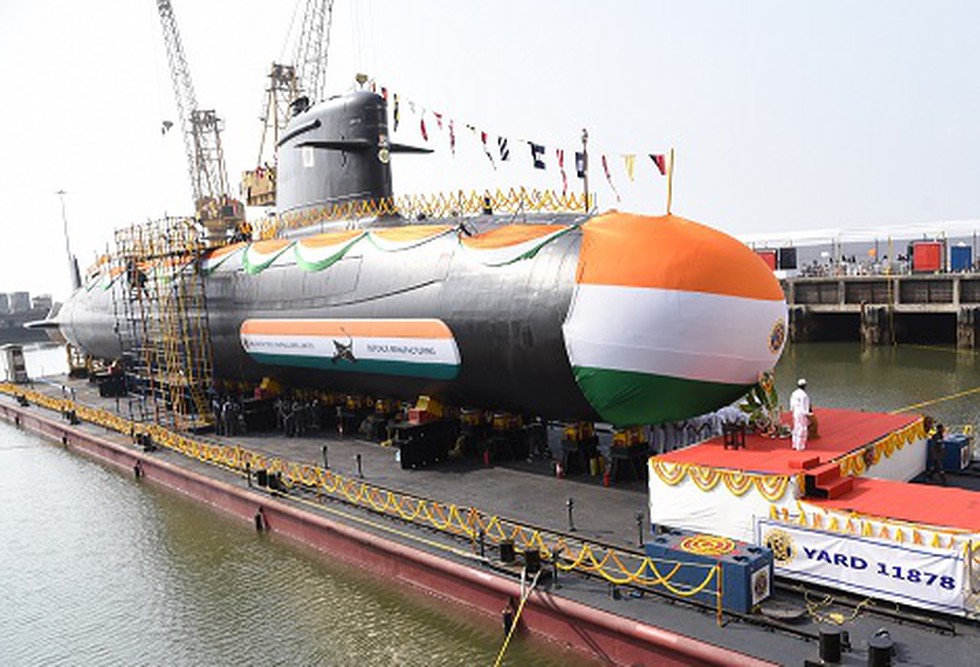
About:
- What is it? It is the fourth Scorpene class submarine being built under Project 75 for the Indian Navy.
- Bodies involved: The submarine has been designed by French naval defence and energy group DCNS and manufactured by the Mazagon Dock Shipbuilders Limited (MDSL), Mumbai.
- Significance: Scorpene submarines can undertake various types of missions i.e Anti-Surface warfare, Anti-Submarine warfare, intelligence gathering, mine laying, area surveillance etc. The Scorpene class is the Navy’s first modern conventional diesel-electric submarine series in almost two decades.
List of Scorpene submarines:
- INS Kalvari: It was commissioned in 2017 by PM Narendra Modi.
- INS Khanderi: It was launched in 2017 and is currently undergoing series of trials.
- INS Karanj: It was launched in January 2018.
- Vela: It was launched in May 2019.
- Vagir and Vagsheer: The remaining two submarines are in the series are in advanced stages of manufacturing and trials.
- The entire project is expected to be completed by 2020.
Prelims Pointers
May 7, 2019
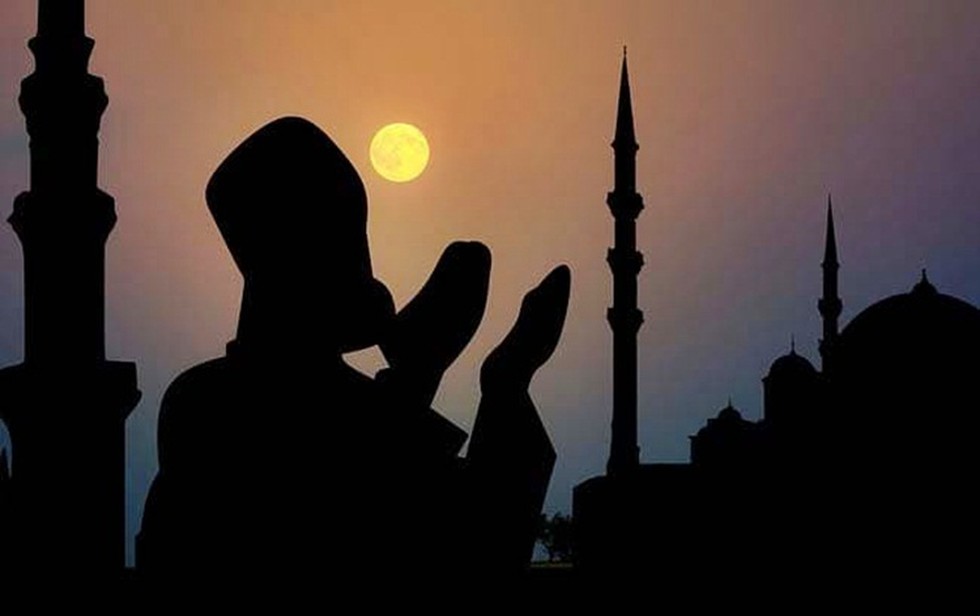
About:
- Names: Ramadan is also known as Ramazan, Ramzan, Ramadhan, or Ramathan.
- What is it? It is the ninth month of the Islamic calendar.
- Religious significance:
- It is observed by Muslims worldwide as a month of fasting to commemorate the first revelation of the Quran to Muhammad.
- This annual observance is regarded as one of the Five Pillars of Islam.
- It is observed by Muslims worldwide as a month of fasting to commemorate the first revelation of the Quran to Muhammad.
- Religious practices:
- For Muslims, Ramadan is a month of fasting, prayer. While fasting from dawn until sunset, Muslims refrain from consuming food, drinking liquids, smoking, and engaging in sexual relations.
- Pre-fast meals before dawn are referred to as Suhoor, while the post-fast breaking feasts after sunset are called Iftar.
- Muslims are also instructed to refrain from sinful behavior that may negate the reward of fasting, such as false speech and fighting except in self-defense.
- For Muslims, Ramadan is a month of fasting, prayer. While fasting from dawn until sunset, Muslims refrain from consuming food, drinking liquids, smoking, and engaging in sexual relations.
- Eid al-Fitr: The holiday of Eid al-Fitr marks the end of Ramadan and the beginning of the next lunar month, Shawwal.
- Taraweeh: it refers to extra prayers performed by Muslims at night, after Isha prayer during the month of Ramzan.
May 6, 2019
Prelims Pointers
May 6, 2019
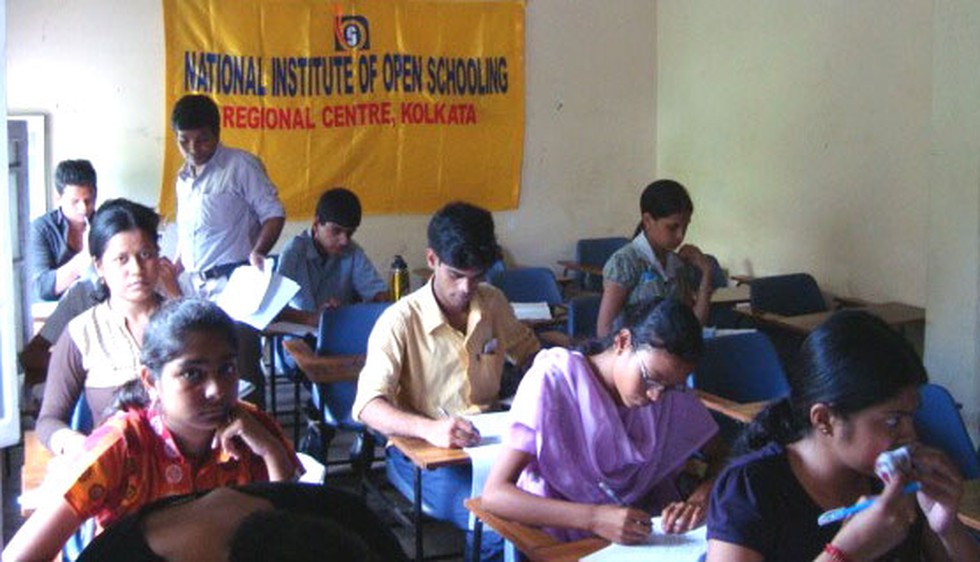
About:
- Name: The National Institute of Open Schooling (NIOS) was formerly known as National Open School.
- What is it? It is the National board of education under the Government of India that administers examinations for Secondary and Senior Secondary examinations similar to the CBSE and the CISCE. It also offers vocational courses after the high school.
- Parent body: It is an autonomous institute under Union Ministry of HRD.
- Established in: 1989.
- Headquarters: Noida, Uttar Pradesh.
- Courses offered: It provides the following Courses/Programmes of Study through open and distance learning (ODL) mode.
- Open Basic Education (OBE) Programme for 14+ years age group, adolescents and adults at A, B and C levels that are equivalent to classes III, V and VIII of the formal school system.
- Secondary Education Course
- Senior Secondary Education Course
- Vocational Education Courses/Programmes
- Life Enrichment Programmes
- Open Basic Education (OBE) Programme for 14+ years age group, adolescents and adults at A, B and C levels that are equivalent to classes III, V and VIII of the formal school system.
- How does NIOS Function? NIOS operates through a network of five Departments, Regional Centres and Accredited Institutions (Study Centres) in India and abroad.
- Enrolment: It has a current enrolment of about 2.71 million students at Secondary, Senior Secondary & Vocational levels which makes it the largest open schooling system in the world.
Recent MoU:
- The MoU is initially for period of three years for the paramedical courses all over the country through its Accredited Vocational Institutions (AVIs). In the first Phase Diploma in Medical Imaging Technology and Diploma in Medical Laboratory Technology are being offered.
- The diploma programmes will ensure better opportunities of the career growth of paramedics and it will also ensure better placements in various sectors of Health.
Prelims Pointers
May 6, 2019
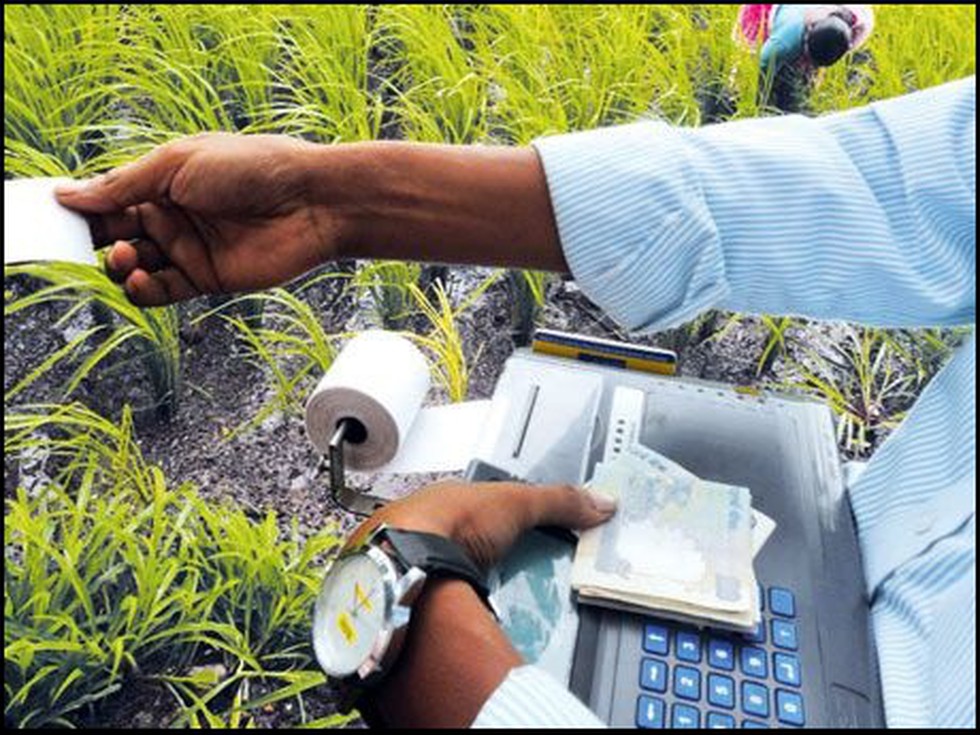
About:
- Who are they? Business correspondents are retail agents engaged by banks for providing services at locations other than a bank branch or an ATM.
- Permitted services include: identification of borrowers, collection and preliminary processing of loan applications, collection of small value deposit, disbursal of small value credit, sale of micro insurance, MF products and pension products.
- History: In 2006, RBI issued guidelines for engagement of BCs by banks for providing banking and financial services.
- Who can act as BCs? The RBI has provided a long list of entities and persons who can act as BCs.
- Some of these are NGOs/ MFIs set up under Indian Societies/ Trust Acts (excluding non banking financial companies (NBFCs)), Societies registered under mutually aided co-op. societies (MACs) Act or the Coop. Acts of States, Section 25 companies, Post Offices, Individual kirana/ medical/fair price shop owners etc.
- In June 2018, Union government announced that all 2.9 lakh common service centres (CSCs) in the country will operate as business correspondents of banks.
- Some of these are NGOs/ MFIs set up under Indian Societies/ Trust Acts (excluding non banking financial companies (NBFCs)), Societies registered under mutually aided co-op. societies (MACs) Act or the Coop. Acts of States, Section 25 companies, Post Offices, Individual kirana/ medical/fair price shop owners etc.
Prelims Pointers
May 6, 2019
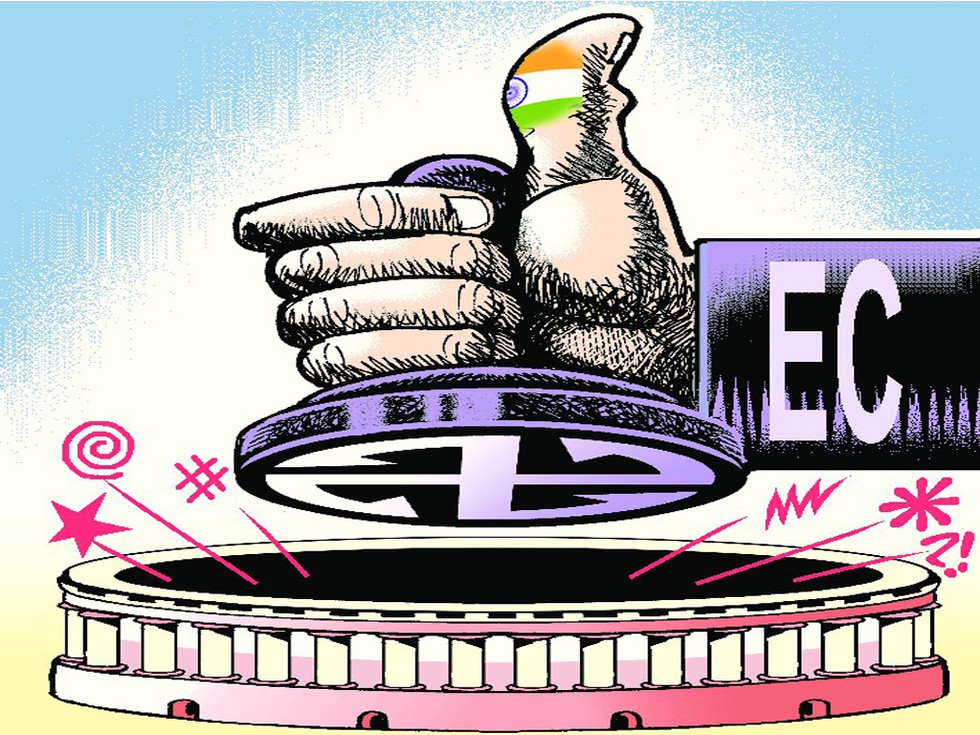
About:
- Section 10 (Disposal of business by Election Commission) of The Election Commission (Conditions of Service of Election Commissioners and Transaction of Business) Act, 1991, lays down that “all business of the Commission shall, as far as possible, be transacted unanimously”.
- However If the Chief Election Commissioner (CEC) and other Election Commissioners (ECs) differ in opinion on any matter, such matter shall be decided according to the opinion of the majority”.
Size of Election Commission?
- Under Article 324, the powers of “superintendence, direction and control of elections” is to be vested in an Election Commission. The Constitution does not, however, fix the size of the Election Commission.
- Article 324(2) says that “the Election Commission shall consist of the Chief Election Commissioner and such number of other Election Commissioners, if any, as the President may from time to time fix”.
- In 1993, the government of Prime Minister PV Narasimha Rao promulgated an Ordinance to provide for the appointment of two more Election Commissioners. The Ordinance was replaced by The Chief Election Commissioner and Other Election Commissioners (Conditions of Service) Amendment Act, 1993, which came into effect in 1994.
- The Election Commission has had three members ever since. At present, the Election Commission of India comprises CEC Sunil Arora and ECs Ashok Lavasa and Sushil Chandra. All three Election Commissioners have equal say in the decision making of the Commission.
Prelims Pointers
May 6, 2019
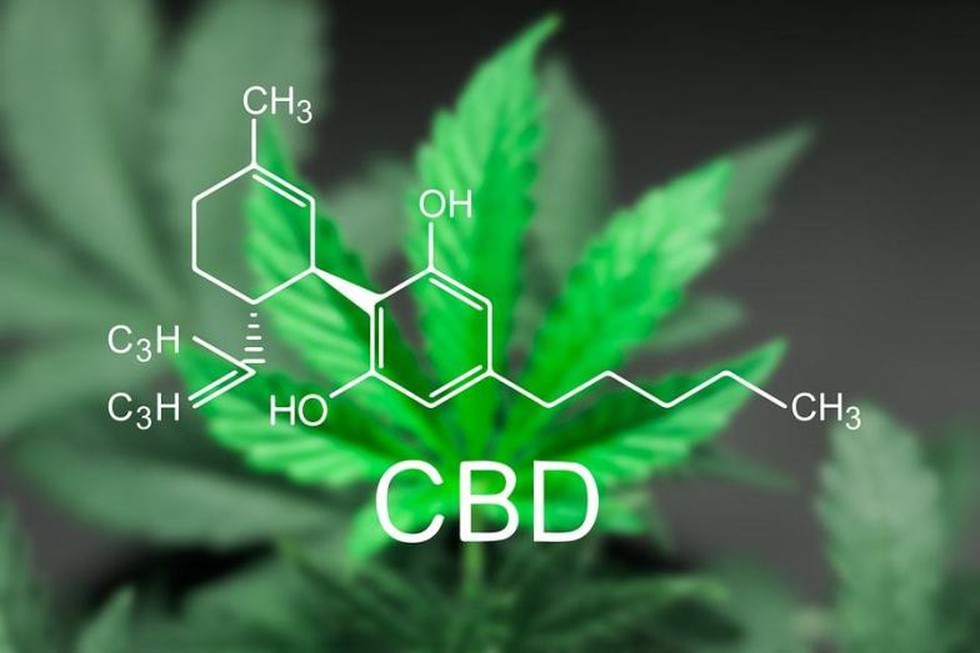
Cannabidiol (CBD):
- All drugs obtained from marijuana plant have an important medical ingredient called Cannabidiol (CBD), which is arousing interest in the scientific community due to its medical and therapeutic capabilities, but doesn’t cause intoxication or euphoria (the ‘high’).
- Cannabidiol (CBD) is a phytocannabinoid discovered in 1940. It is one of some 113 identified cannabinoids in cannabis plants and accounts for up to 40% of the plant's extract.
- Cannabidiol is not scheduled under any United Nations drug control treaties and in 2018 the World Health Organization recommended that it remain unscheduled.
- But the marijuana plant itself has been banned because of another component, called tetrahydrocannabinol (THC), which is psychoactive and produces a High.
Cannabis (Marijuana)?
- Marijuana is a greenish-grey mixture of the dried, shredded leaves and flowers of plant Cannabis sativa.
- It is also called as weed, herb, pot, grass, bud, ganja, Mary Jane.
- The main psychoactive (mind-altering) chemical in marijuana, responsible for most of the intoxicating effects that people seek, is delta-9-tetra-hydro-cannabinol (THC).
- Compounds which are structurally similar to THC are referred to as Cannabinoids.
- Consumption: Some people smoke marijuana in hand-rolled cigarettes called joints; or in pipes (sometimes called bongs). It can also be used to brew tea and fixed into foods.
- Cannabis is by far the most widely cultivated, trafficked and abused illicit drug. Half of all drug seizures worldwide are cannabis seizures.
- Present status in India: The Narcotic Drugs and Psychotropic Substances (NDPS) Act of 1985 criminalises the cannabis plant, ganja and charas but not bhang. However, Uttarakhand, Jammu and — as of this month Uttar Pradesh — have allowed restricted cultivation of the plant for medical research.
Prelims Pointers
May 6, 2019
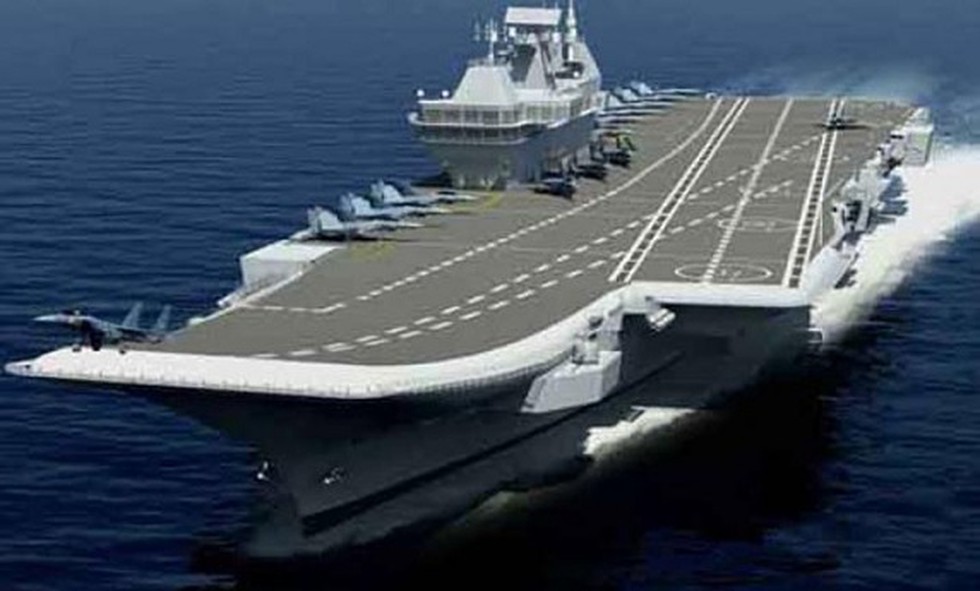
About:
- The new state-of-the-art aircraft carrier is proposed to be build along the lines of Britain’s HMS Queen Elizabeth as part of the ongoing ‘Make in India’ negotations.
- The talks are under way for the Indian Navy to buy detailed plans for the 65,000-ton British warship to build a so-called “copycat supercarrier” to be named INS Vishal in 2022.
- If a deal can be agreed, the new warship would be built in India but UK companies could supply many of the parts.
- Such a new Naval carrier would serve alongside India’s 45,000-ton carrier INS Vikramaditya — bought from Russia in 2004 — and the currently under-construction 40,000-ton INS Vikrant, and could give India a larger carrier fleet than Britain.
- The reported India-UK Naval deal would follow the sale of Britain’s Falklands War carrier HMS Hermes to India in 1987, which was renamed INS Viraat and decommissioned two years ago.
Prelims Pointers
May 6, 2019
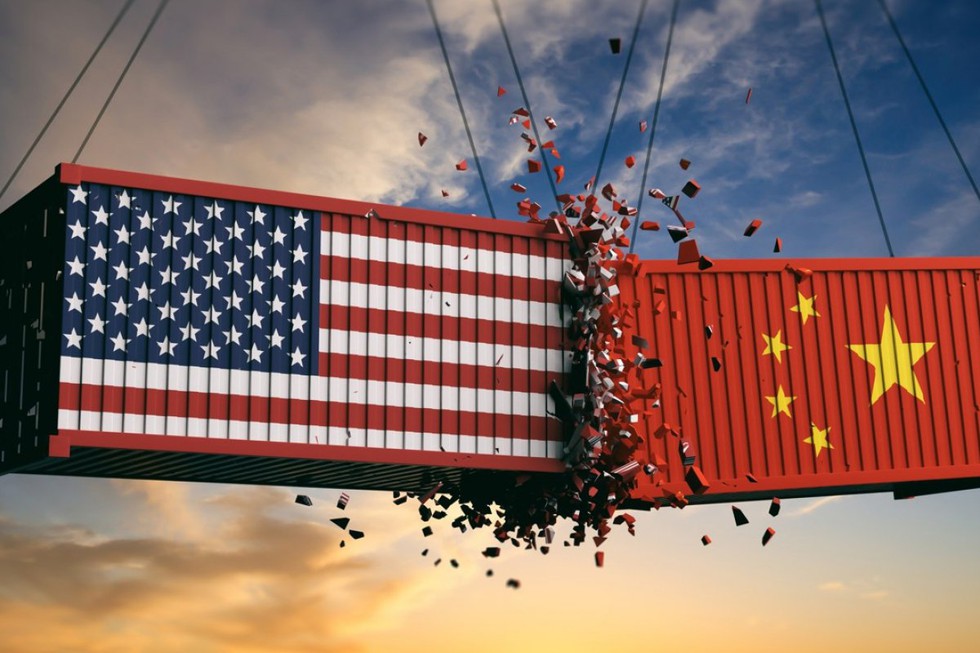
About:
- Background: The two sides have imposed tariffs on 360 billion dollars in two-way trade since last year but Trump and Chinese leader Xi Jinping agreed to a truce in December to refrain from further escalation.
- Recent announcement by Donald Trump: Trade deal with China is going too slowly. For 10 months, China has been paying tariffs to the USA of 25 % on 50 billion dollars of high tech, and 10 % on 200 billion dollars of other goods. He added that the 10 % will go up to 25 %.
US-China trade war: Brief Overview
- Beginning: US President Donald Trump has complained about China's trading practices since before he took office in 2016. The US launched an investigation into Chinese trade policies in 2017. It imposed tariffs on billions of dollars worth of Chinese products last year, and Beijing retaliated in kind.
- Breakthrough: After months of hostilities, a breakthrough of sorts came in December. Both countries agreed to halt new trade tariffs to allow for talks.
- Now President Trump has decided to hike existing tariffs.
- Why tariffs? Tariffs, in theory, make US-made products cheaper than imported ones, and encourage consumers to buy American.
- What is the impact so far? Both US and international firms have said they are being harmed. Fears about a further escalation has rattled investors and hit stock markets. The IMF warned a full-blown trade war would weaken the global economy.
Prelims Pointers
May 6, 2019
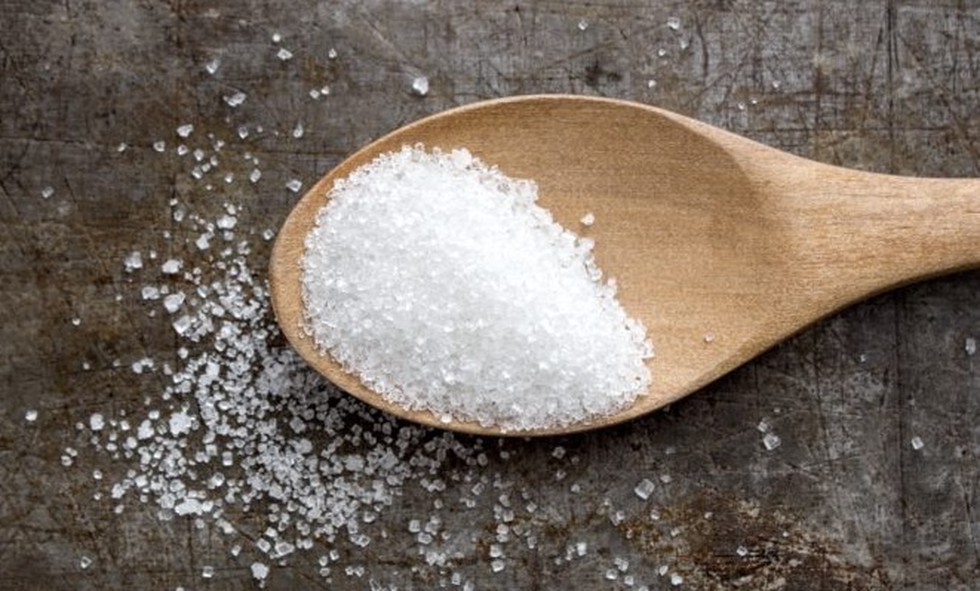
Saccharine:
- What is it? Saccharin is an artificial, or non-nutritive, sweetener.
- History: The substance was first discovered in 1878 by researcher Constantin Fahlberg. Its popularity increased during the 1960s and 1970s among dieters as a result of its ‘calorie-free’ status.
- Applications: Saccharine is a compound most commonly used in sugar-substitute sweeteners. It is used to sweeten products such as drinks, candies, cookies, and medicines.
- Properties:
- It is 200 to 700 times sweeter than sucrose (table sugar), does not raise blood sugar levels and like all non-nutritive sweeteners has no calories. However, it does have a bitter or metallic aftertaste, especially at high concentrations.
- Saccharin is unstable when heated but does not react chemically with other food ingredients, which makes it good for storage.
- It is 200 to 700 times sweeter than sucrose (table sugar), does not raise blood sugar levels and like all non-nutritive sweeteners has no calories. However, it does have a bitter or metallic aftertaste, especially at high concentrations.
- India’s import from Indonesia: Indonesia, until recently, accounted for a large chunk of India’s saccharine imports. However, imports from Indonesia have declined since then. In the April 2018 to February 2019 period, India imported only 20% of its total saccharine imports from Indonesia.
- Recent ban: According to Government of India, saccharine has been exported to India from Indonesia below their normal values and consequently, the Indian domestic industry has suffered a lot.
Anti-Dumping Duty?
- Dumping: Dumping refers to export/sale of a commodity in foreign country by a company at a price which is lower than domestic market price.
- Anti-Dumping Duty: These are additional import duties which are imposed to check dumping. As per WTO Norms, Member countries can impose Anti-Dumping duty if –
- Exporter is dumping goods &
- It is adversely affecting domestic industries.
- Counter-veiling duty: It is an additional import duty which is imposed to counter or offset the impact of Indirect tax differential or subsidy provided by the exporting country’s government.
Prelims Pointers
May 6, 2019
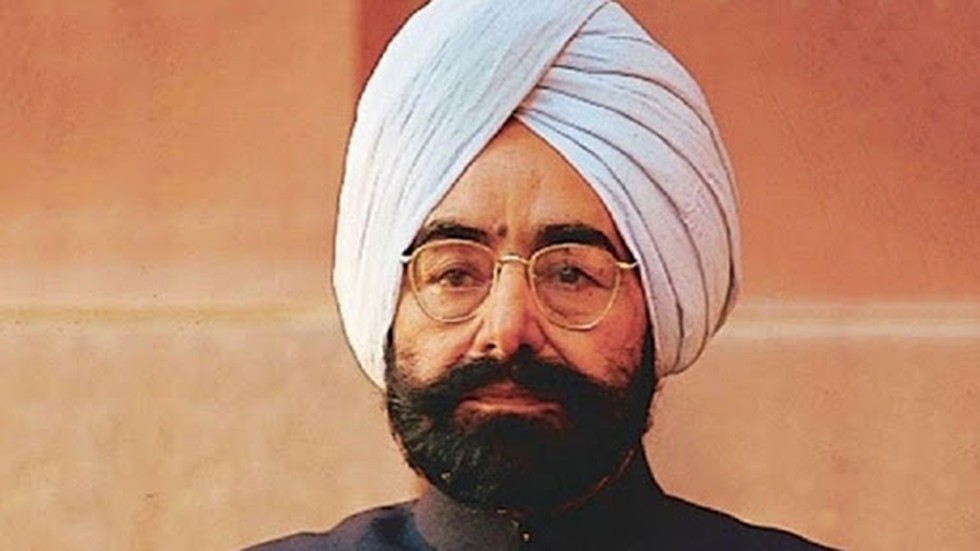
About:
- Name: He was born as Jarnail Singh, but later changed his name to Zail Singh. He was given the title of Giani as he was educated and learned about Guru Granth Sahib and other Sikh scriptures.
- Political career: Prior to his presidency, he was a politician with the Indian National Congress party, and had held several ministerial posts in the Union Cabinet, including that of Home Minister. He also served as the Chief Minister of Punjab (1972–77).
- NAM: He served as the Secretary-General of the Non-Aligned Movement from 1983 to 1986.
Tenure as President of India:
- He served as the seventh President of India serving from 1982 to 1987. He was the first Sikh to hold the office.
- He is most well-known for his unwavering loyalty to former prime minister Indira Gandhi. He had at one point caused a furore by asserting that he’d have even accepted the post of a sweeper from Indira Gandhi.
- His presidency’s darkest moment came during Operation Blue Star. As Singh himself said, Gandhi didn’t take him into confidence before ordering troops to storm the Golden Temple in 1984. Singh faced backlash from his community and was labelled a “mute spectator”.
- But his troubles didn’t end there. Gandhi was assassinated on 31 October the same year and in the riots that broke out soon after Sikhs were killed in large numbers.
- His relationship with Prime Minister Rajiv Gandhi was also marked by controversies. Rajiv then dissolved the Lok Sabha without consulting the president and even did away with niceties like calling on him before going abroad or briefing him on return.
- On the other hand, Zail Singh withheld his consent to Postal (amendment) Bill to amend the Indian Postal Act of 1898, saying that it was too sweeping in its scope. He felt that the Government wanted arbitrary powers to intercept postal communications indiscriminately. This created a big sensation.
Prelims Pointers
May 6, 2019
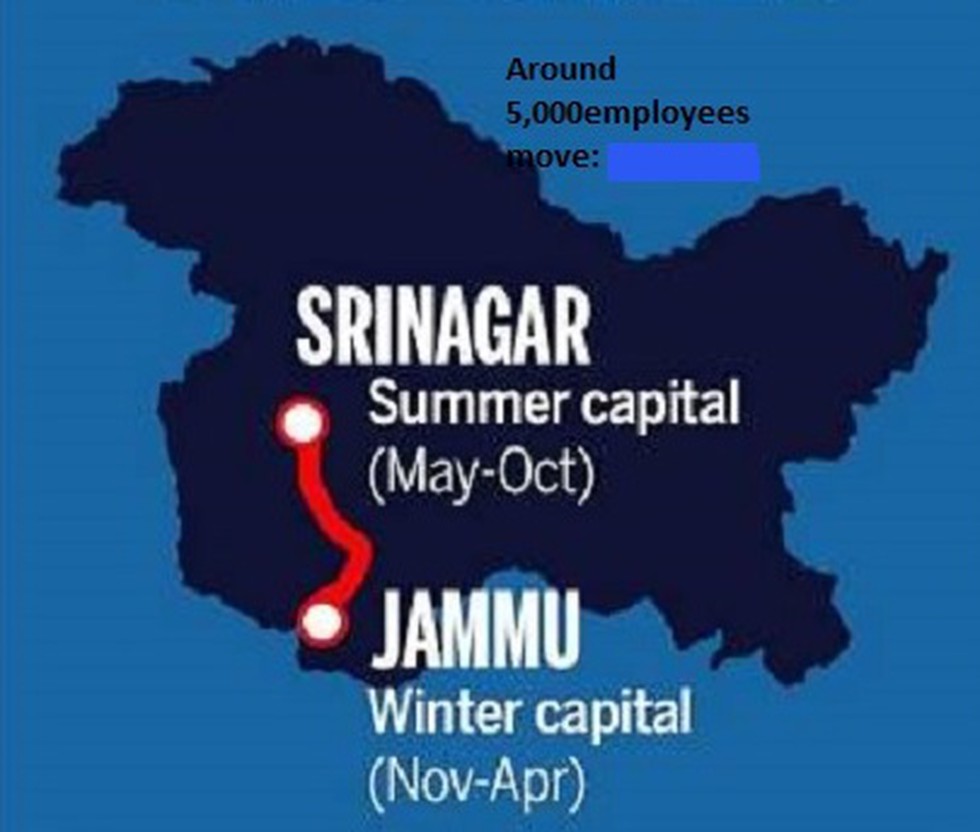
About:
- What is it? It is the name for the bi-annual shift of the secretariat and all other government offices in J&K from Srinagar (state’s summer capital) to Jammu (state’s winter capital).
- When is it done? The secretariat is located in Srinagar from May to October and in Jammu from November to April. Along with the secretariat, the J&K High Court also moves.
- Who started the Darbar Move? The practice was startedby Dogra King Maharaja Ranbir Singh in 1872.
- Why was it started? This was done to escape extreme weather conditions in these places. It was a compulsion in the past because of poor means of transportation and communication.
DEBATE
Arguments against Darbar move:
- Some sections of the society have questioned the practice from time to time. In 1987, the then Prime Minister Rajiv Gandhi asked the government “to review the age-old practice”. In 2012, the then Chief Minister Omar Abdullah questioned the practice.
- The Practice is inconvenient. It is a waste of time as well as money.
- Every year, over 7,000 employees along with thousands of files of the civil secretariat are ferried between Jammu and Srinagar in buses and trucks on the 300-km-long route .
- The move costs the State over Rs. 40 crore.
Challenges in abolishing it:
- Since the shifting of the capital pumps a lot of money into the Jammu economy along with renovation of roads, so the people of Jammu are opposed to any change.
- Also the government fears that abolishing the “Darbar Move” may increase the feeling of alienation between Jammu (which is predominantly Hindu) and Kashmir (which is predominantly Muslim).
- Thus it appears that keeping in mind this delicate relationship, status quo will prevail.
Prelims Pointers
May 6, 2019
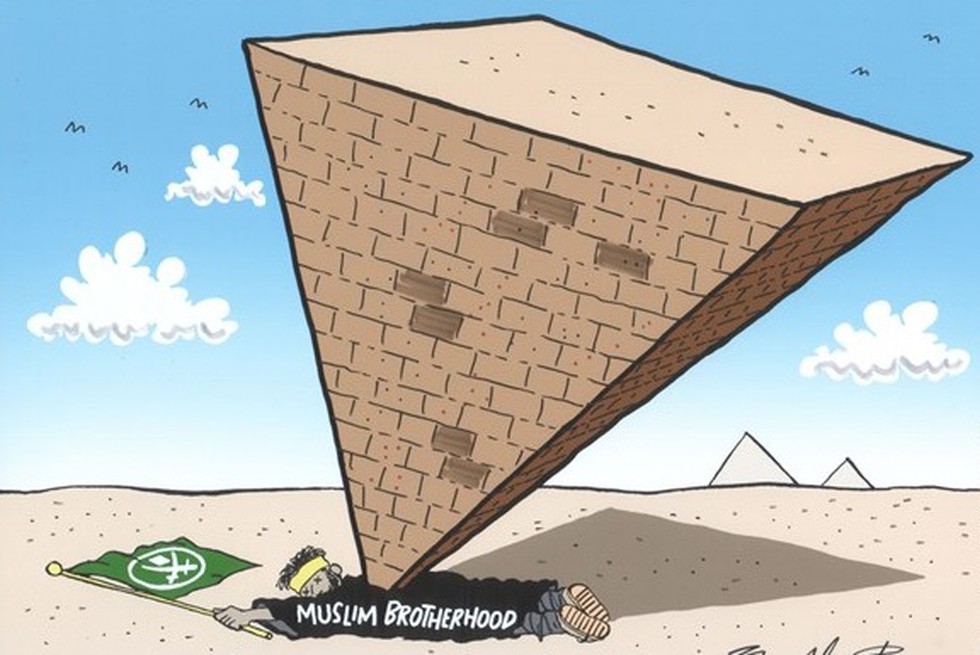
About:
- What is it? Muslim Brotherhood is a movement.
- History: it was founded in Egypt in 1928 by Hassan al-Banna.
- Objective: He preached that an Islamic religious revival would help Muslim nations improve their situation and defeat their colonial masters. He was not specific about the kind of Muslim revivalist government he was advocating.
- Global influence:
- His ideas led inspired a large number of Islamist political movements and parties alongwith powerful missionary and charitable initiatives all over the world.
- Jordan, Iraq, Kuwait, Bahrain, Morocco, Turkey and Tunisia are among the countries that have large parties that trace their origins to the Brotherhood.
- Hamas, an offshoot of the Muslim Brotherhood has been designated as an Foreign Terrorist Organisation (FTO) by the US. Ayman al-Zawahiri, the fugitive leader of al-Qaeda, is a former member of the Egyptian Brotherhood.
- His ideas led inspired a large number of Islamist political movements and parties alongwith powerful missionary and charitable initiatives all over the world.
- Egyptian Muslim Brotherhood:
- There is a broad consensus among historians that the Egyptian Brotherhood, as an organisation at least, has not undertaken violent action since 1960s, when it formally announced they were only “preachers”.
- In Egypt, the Brotherhood has been in Parliament since in the 1980s, and one of its leaders, Mohamed Morsi, became President in 2012, who was ousted the following year.
- There is a broad consensus among historians that the Egyptian Brotherhood, as an organisation at least, has not undertaken violent action since 1960s, when it formally announced they were only “preachers”.
Recent development: Foreign Terrorist Organisation (FTO)
- The White House recently said that United States is working on a proposal to designate the Muslim Brotherhood a foreign terrorist organisation (FTO).
- This happened after the Egyptian leader urged the United States to impose sanction on the Brotherhood.
- After the military takeover in Cairo in 2013, some factions of the Egyptian Brotherhood such as Hasm and Liwa al-Thawra have broken off and carried out violence against the government.
- But President Al-Sisi accuses the Brotherhood as a whole of supporting and carrying out terrorism, which the Brotherhood denies.
- Also last month, the trump administration designated Iran’s Islamic Revolutionary Guard Corps (IRGC) as a Foreign Terrorist Organisation (FTO).
- The FTO designation imposes sweeping economic and travel sanctions on both the IRGC and on organisations, companies, and individuals that have links to it.
May 5, 2019
Prelims Pointers
May 5, 2019
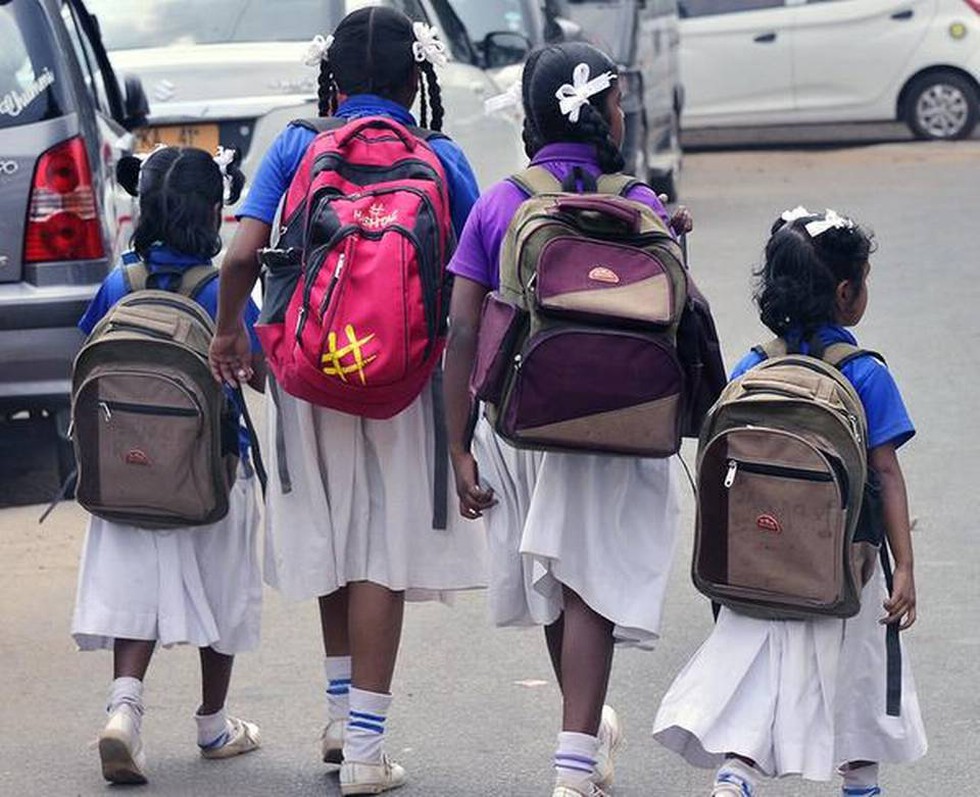
Key highlights of order:
- All schools in the State, including government, aided and unaided institutions, should ensure that the weight of a school bag is not more than 10% of the child’s weight. A bag of a student in Class 1 or 2 should weigh no more than 2 kg. It can weigh anywhere between 2 and 3 kg for students from Class 3 to 5. The prescribed weight increases progressively, with students in Class 9 and 10 allowed to carry bags in the 4-5 kg range.
- Students in Classes 1 and 2 should not be given any homework. All classwork should be kept in the school itself, either in files or books.
- Schools must set a timetable in advance, which will limit the number of books that have to be brought to class every day.
- schools should create awareness about the health hazards of lugging heavy school bags.
- Schools must provide some space in classrooms where students can store their notebooks and textbooks.
- Make provisions for drinking water facilities so students don’t have to carry water bottles in their bags.
- The third Saturday of every month should be followed as a “No School Bag Day”. On that day, teachers have to engage students without any books. Suggested activities include field visits, general knowledge clubs, art classes, indoor and outdoor games, abacus, dance classes, and debates.
Background:
- The order comes after the Union Ministry for Human Resource Development in October last year directed all States to draw up guidelines to reduce the weight of school bags.
- Following the Ministry’s direction, the Department of Primary and Secondary Education took up a pilot study, which was conducted by the Directorate of State Education, Research and Training and the Centre for Child and Law, National Law School of India University.
Prelims Pointers
May 5, 2019
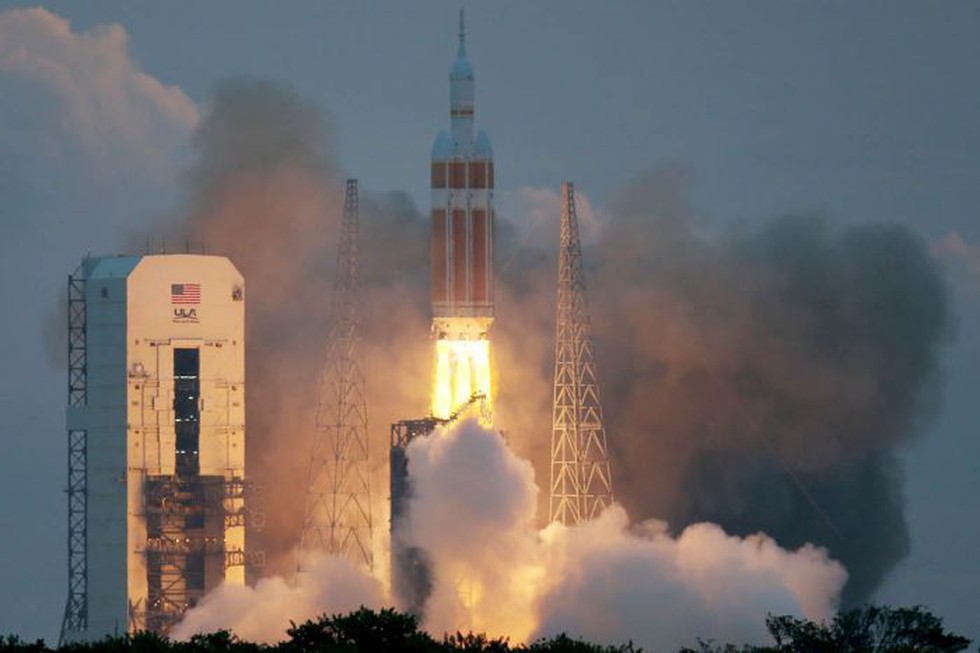
About:
- History: In February 2019, the Union Cabinet had cleared a new business arm for Department of Space (DoS). On March 6, 2019, the DoS registered NewSpace India Ltd. (NSIL) as its commercial entity.
- Type: NSIL is the second commercial entity of the Department of Space (DoS) after Antrix Corporation Limited, which was set up in 1992 to market the products and services of the Indian Space Research Organisation (ISRO).
- Headquarters: Bengaluru.
- Financial administration: NSIL has an authorised capital of ₹10 crore and a paid up capital of ₹1 crore.
- Mandate: The new company has following mandates –
- transfer technology to industry for producing the commercially successful PSLV spacecraft launchers;
- outsource assembly of small satellites and the upcoming Small Satellite Launch Vehicle (SSLV) and
- to commercially exploit the R&D work done by ISRO centres and DoS constituents.
- transfer technology to industry for producing the commercially successful PSLV spacecraft launchers;
Prelims Pointers
May 5, 2019
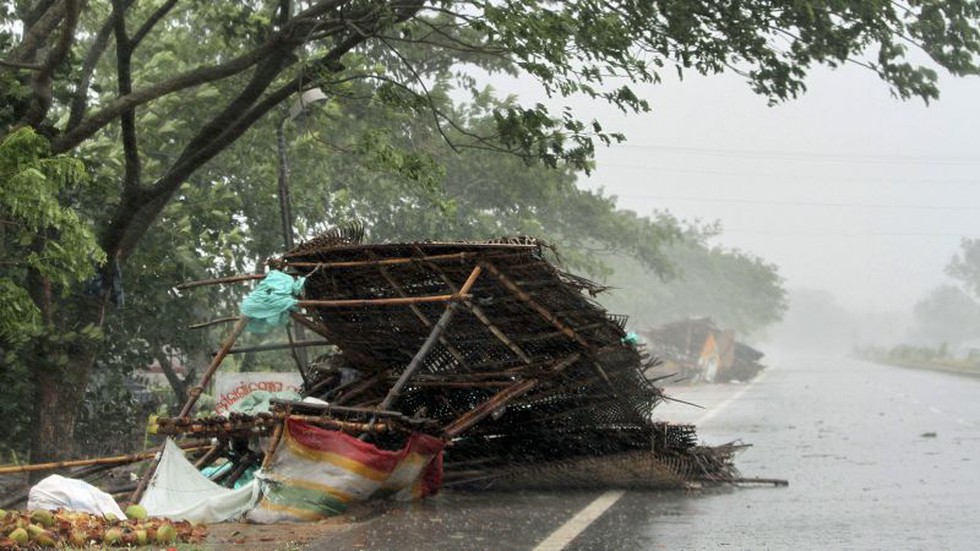
About:
- Name: The UN Office for Disaster Risk Reduction (UNDRR) was formerly known as UNISDR. On 1 May 2019, the UNDRR officially changed its acronym to UNDRR (from UNISDR) to better reflect its name.
- Mandate: UNDRR is the focal point of the United Nations system for disaster risk reduction (DRR) and the custodian of the Sendai Framework, supporting countries and societies in its implementation, monitoring and review of progress.
- History: UNDRR was established in 1999 as a dedicated secretariat to facilitate the implementation of the International Strategy for Disaster Reduction (ISDR).
- Parent body: It is an organisational unit of the UN Secretariat.
- Headquarters: Geneva.
- Administration: It is led by the UN Special Representative of the Secretary-General for Disaster Risk Reduction (SRSG).
Sendai Framework?
- UN member States are committed to implementing the Sendai Framework for Disaster Risk Reduction (2015-2030), a voluntary and non-binding agreement.
- It is the global plan for reducing mortality and the numbers of disaster affected people, as well as reducing associated economic losses and damage to critical infrastructure.
- The Framework recognises that the State has the primary role to reduce disaster risk but that responsibility should be shared with other stakeholders, including the local government.
Prelims Pointers
May 5, 2019

Key highlights of the study:
- Northeast India, one of the wettest places on the Earth has been experiencing rapid drying, especially in the last 30 years. Some places which used to get as high as 3,000 mm of rain during the monsoon season have seen a drop of about 25-30%.
- This decline is associated with natural changes in the Pacific decadal oscillation (PDO). Its impact on the sea surface temperatures and its interaction with the atmosphere affects the northeast Indian summer monsoon.
- The team used observed rainfall and sea surface temperature data for the period 1901-2014 for the study. The results show out that the reduction in rainfall during a major part of the last 114 years may be associated with global man-made factors, while the trend during the last 36 years is associated with natural phenomena.
Pacific decadal oscillation (PDO)?
- Meaning: Pacific decadal oscillation (PDO) is a pattern of fluctuations in the ocean, particularly over the north Pacific basin.
- PDO vs ENSO:
- PDO is similar to ENSO in character. The PDO, like ENSO, consists of a warm and cool phase which alters upper level atmospheric winds.
- However, PDO varies over a much longer time scale. The PDO can remain in the same phase for 20 to 30 years, while ENSO cycles typically only last 6 to 18 months.
- Impact: Shifts in the PDO phase can have significant implications for global climate, affecting Pacific and Atlantic hurricane activity, droughts and flooding around the Pacific basin, the productivity of marine ecosystems, and global land temperature patterns.
- The Pacific Decadal Oscillation index is the leading empirical orthogonal function (EOF) of monthly sea surface temperature anomalies (SST-A) over the North Pacific (poleward of 20°N) after the global average sea surface temperature has been removed.
Prelims Pointers
May 5, 2019
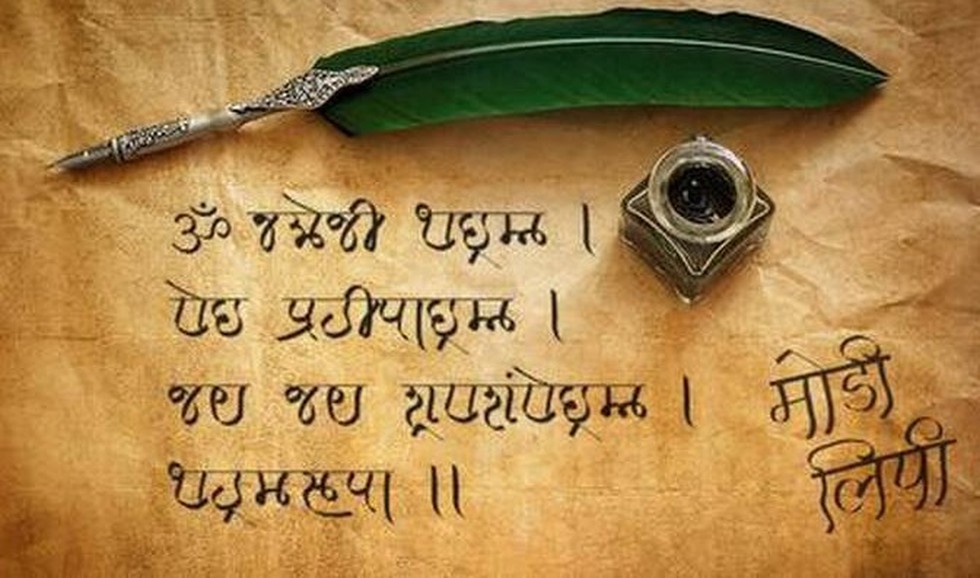
About:
- Names: Moḍī script is also known as Mudiya. The word moḍī is derived from the Marathi verb modne, to break. Moḍī literally means ‘broken (script),’ a reference to its flowing form, with its rounded, looping strokes, all features that lent themselves well to the script’s swift reproduction by scribes on paper.
- Language: It is a script used to write the Marathi language, the state language of Maharashtra.
- Relation with Devanagari: The script developed from a cursive form of Devanagari, so shares a number of features with, and is visually similar to, that script.
- Cursive Features: The Moḍī script has several characteristics facilitate writing so that moving from one character to the next miminises lifting the pen from the paper for dipping in ink. Thus, MOḌĪ was a sort of “cursive” style of writing Marathi.
- History:
- Moḍī emerged in the 1400s as a shorthand variant of the Devanagari used by scribes. It was used until the 1950s for writing Marathi. Now the Balbodh style of Devnagari is the primary script used to write Marathi.
- Moḍī is considered by many to be extinct, although it is still used on a very limited scale for personal correspondence. Efforts are underway to preserve knowledge of the script before the last generation of frequent users dies.
- Moḍī emerged in the 1400s as a shorthand variant of the Devanagari used by scribes. It was used until the 1950s for writing Marathi. Now the Balbodh style of Devnagari is the primary script used to write Marathi.
Prelims Pointers
May 5, 2019
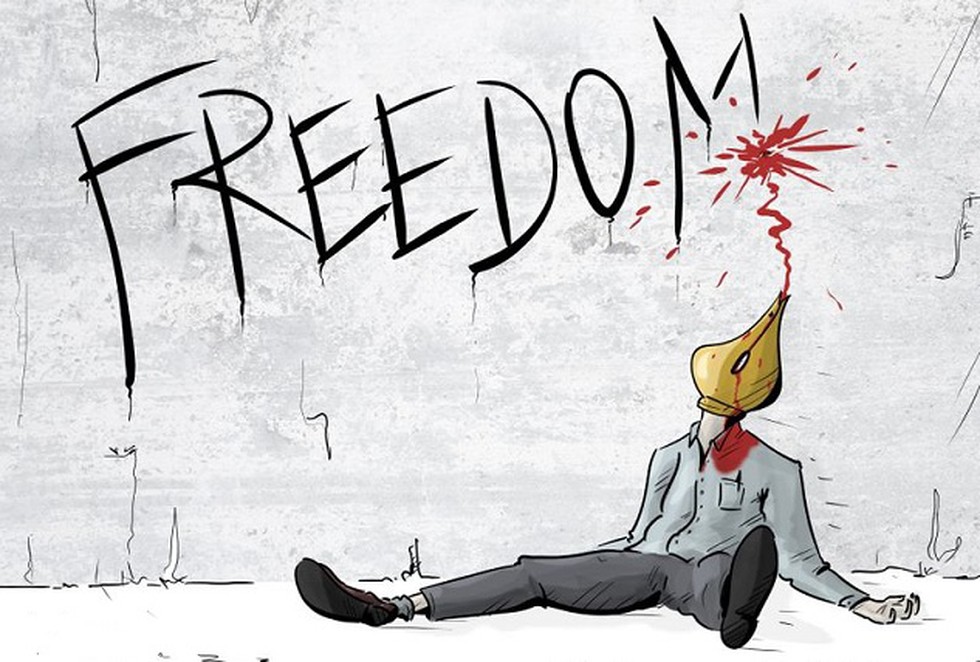
Key highlights of the Index:
- Top rankers: Norway is ranked first while Finland is second placed.
- Bottom rankers: Turkmenistan (at 180th) is now last, replacing North Korea (up one at 179th). China is ranked at 177th.
- South Asia: South Asia in general features poorly on the index, with Pakistan dropping three places to 142, and Bangladesh dropping four places to 150.
Indian scenario:
- India has dropped two places to be ranked 140th out of 180 countries.
- Violence against journalists including police violence, attacks by Maoist fighters and reprisals by criminal groups or corrupt politicians is a striking characteristics of the press freedom in India.
- At least six Indian journalists were killed in connection with their work in 2018.
- Attacks against journalists increased in the run-up to general elections in the spring of 2019.
- There is an alarming rate of coordinated hate campaigns waged on social networks against journalists who dare to speak or write about subjects that annoy Hindutva.
- Coverage of sensitive regions, such as Kashmir, continues to be very difficult. Foreign reporters are barred from Kashmir and the Internet is often disconnected there.
Reporters Without Borders?
- Reporters Sans Frontieres (RSF), or Reporters Without Borders, is a Paris-based non-profit organisation that works to document and combat attacks on journalists around the world.
- Its key publications are:
- World Press Freedom Index
- Predators of Press Freedom
- Press Freedom Barometer
Prelims Pointers
May 5, 2019
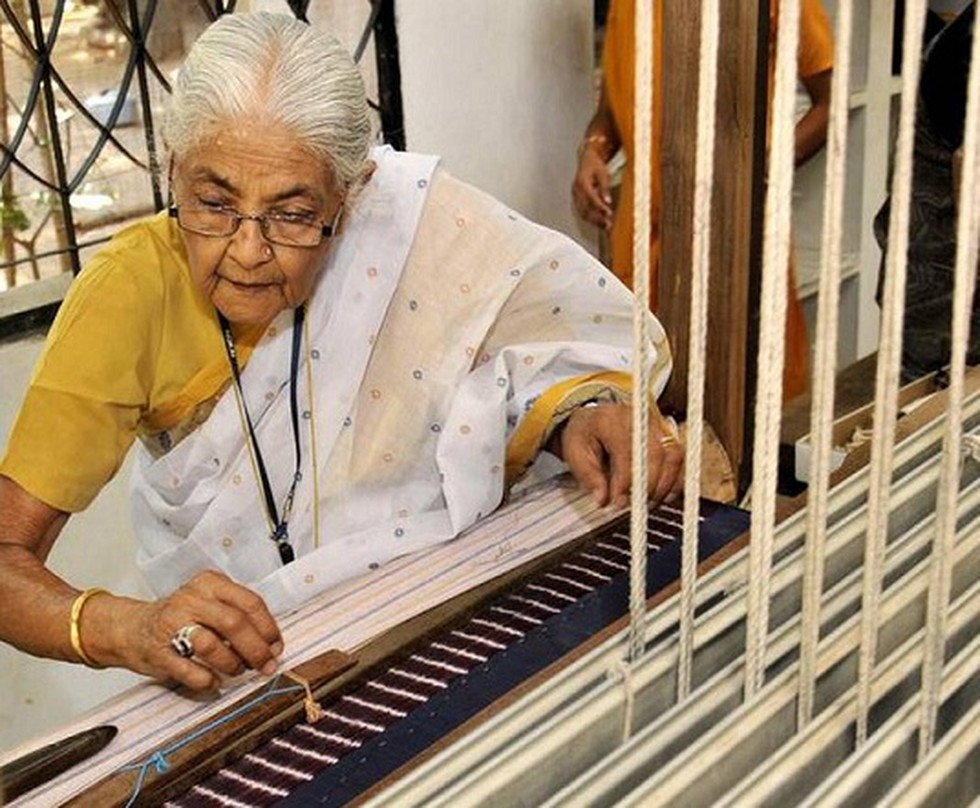
Suraiya Hasan Bose:
- Suraiya Hasan Bose was born in 1928. She did a one-year course on textiles at the Oxford University. Later, she returned to Hyderabad and set up the looms and workshop.
- A textile revivalist, she has spent a lifetime in single-handedly reviving forgotten weaves like himroo (a Persian brocade weave) and mashru (a silk and cotton weave).
Himroo:
- Himroo is a fabric made of silk and cotton, which is grown locally in Aurangabad.
- The word himroo originated from Persian word Hum-ruh which means 'similar'. Himroo uses Persian designs, and is very characteristic and distinctive in appearance.
- Himroo is a replication of Kinkhwab, which was woven with pure golden and silver threads in olden days, and was meant for the royal families.
Mashru:
- The Mashru fabric is a vibrant, handwoven mix of Silk and Cotton textiles. The word ‘Mashru’ means ‘permitted’ in Arabic and its Sanskrit variation ‘Misru’ means ‘mixed’.
- Mashru has a characteristic fine satin finish, bright contrasting stripes in vibrant colors and striped Ikat weave.
- The fabric is mainly manufactured in Patan and Mandvi in Gujarat, India.
Prelims Pointers
May 5, 2019
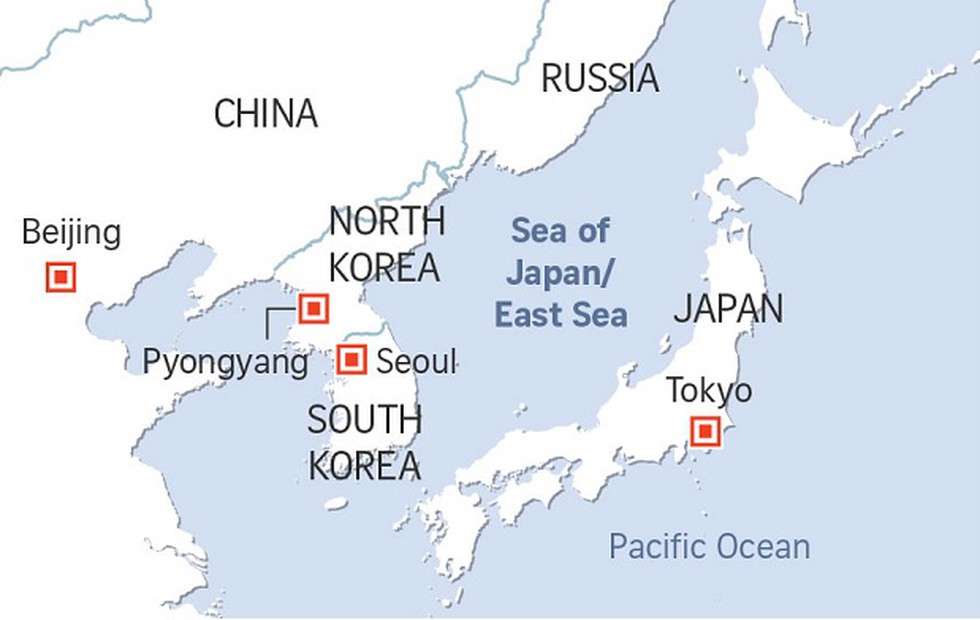
About:
- North Korean leader Kim Jong-un gave the order of firing to increase the combat ability of the country. The purpose of the drill was to test the operating ability and accuracy of multiple rocket launchers and tactical guided weapons by the defence units.
- It could be Pyongang's first short range missile launch for more than a year. Reacting to the development US President Donald Trump expressed confidence that the North Korean leader will not break his promise.
Analysis:
- After gaining few tangible economic benefits from two summit meetings, the North’s leader, Kim Jong-un, is now turning to a strategy followed by his father and grandfather.
- The latest move was intended to escalate the pressure on Mr. Trump to return to the negotiating table. And as Mr. Trump heads into the 2020 election, that strategy may threaten what the president has trumpeted as a signature diplomatic initiative, depriving him of the oppurtunity to declare he brought peace where his predecessors failed.
- In truth, the peace never got very far. The North Korea has spent the past year producing more nuclear material and fashioning an unknown quantity of it into new weapons, American intelligence agencies told Congress in late January.
- And now what the president has described as his biggest achievement on North Korea — a suspension of all nuclear and missile testing — hangs in the balance.
Sea of Japan?
- Location: The Sea of Japan is the marginal sea between the Japan, the Korean Peninsula and Russia. It is connected to other seas by five straits: the Strait of Tartary, La Perouse Strait, the Tsugaru Strait, the Kanmon Strait and the Korea Strait.
- Hydrology: The Japanese archipelago separates the sea from the Pacific Ocean. Like the Mediterranean Sea, it has almost no tides due to its nearly complete enclosure from the Pacific Ocean. This isolation also affects water salinity, which is lower than in the ocean.
- Naming Dispute: The use of the term "Sea of Japan" as the dominant name is a point of contention. South Korea wants the name "East Sea" to be used, while North Korea prefers the name "East Sea of Korea".
Prelims Pointers
May 5, 2019
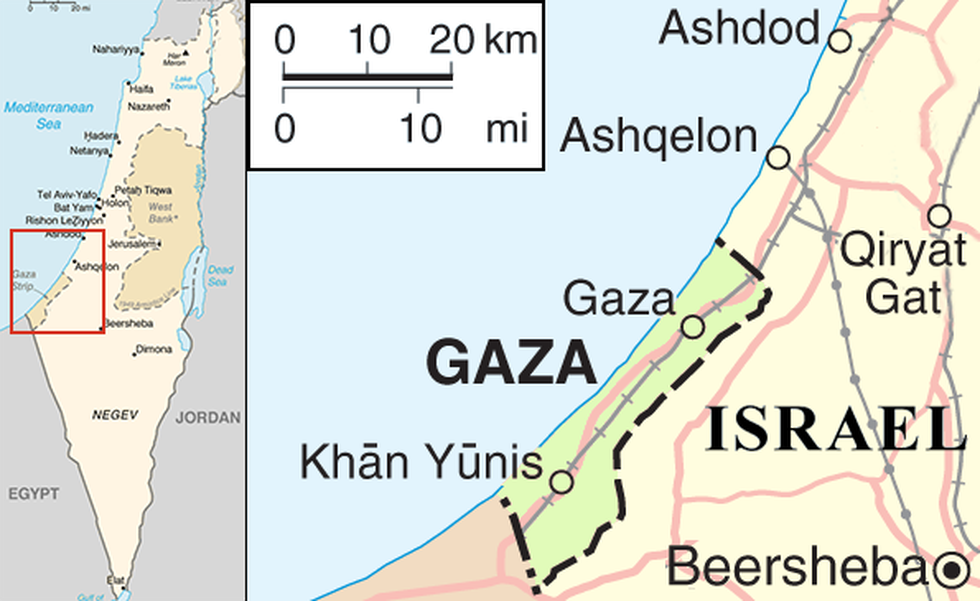
Timeline:
- Israelis and Arabs have been fighting over Gaza on and off, for decades. It's part of the wider Arab Israeli conflict.
- Creation of Israel: After World War II and the Holocaust, more Jewish people wanted their own country. They were given a large part of Palestine, which they considered their traditional home but the Arabs who already lived there felt that was unfair and didn't accept the new country.
- 1948 war: In 1948, the two sides went to war. When it ended, Gaza was controlled by Egypt and another area, the West Bank, by Jordan. They contained thousands of Palestinians who fled what was now the new Jewish home, Israel.
- 1967 war: But then, in 1967, after another war, Israel occupied these Palestinian areas and Israeli troops stayed there for years.
- Hamas: Israel finally left Gaza in 2005 but soon after, a group called Hamas won elections and took control there. Much of the world calls Hamas a terrorist organisation. It refuses to recognise Israel as a country and wants Palestinians to be able to return to their old home - and will use violence to achieve its aims.
- Blockade: Since then, Israel has held Gaza under a blockade, which means it controls its borders and limits who can get in and out. Life for the many of the 1.5 million Palestinians who live in the Gaza Strip is difficult.
- Peace Process: Many people want Gaza and the West Bank to be turned into a new country - Palestine. Israel won't agree to this unless it feels safe. The other sticking points are what will happen to Israelis who've settled in the West Bank, who will run Jerusalem and what will happen to the Palestinian refugees.
What triggered the latest unrest?
- Economic blockade of Gaza: The violence began during weekly Friday protests in Gaza against the tight blockade of the area. About 2 million Palestinians live in Gaza, which has suffered economically from the Israeli blockade as well as recent foreign aid cuts.
- Friday protests: A Palestinian gunman shot and wounded two Israeli soldiers at the boundary fence. The Israeli air strike in response killed two Hamas militants. Islamic Jihad said it had launched the rocket attacks in response to Friday's violence.
- Failure of ceasefire deal: The Islamic Jihad also accused Israel of failing to implement last month's ceasefire deal, which was brokered by Egypt.
Prelims Pointers
May 5, 2019
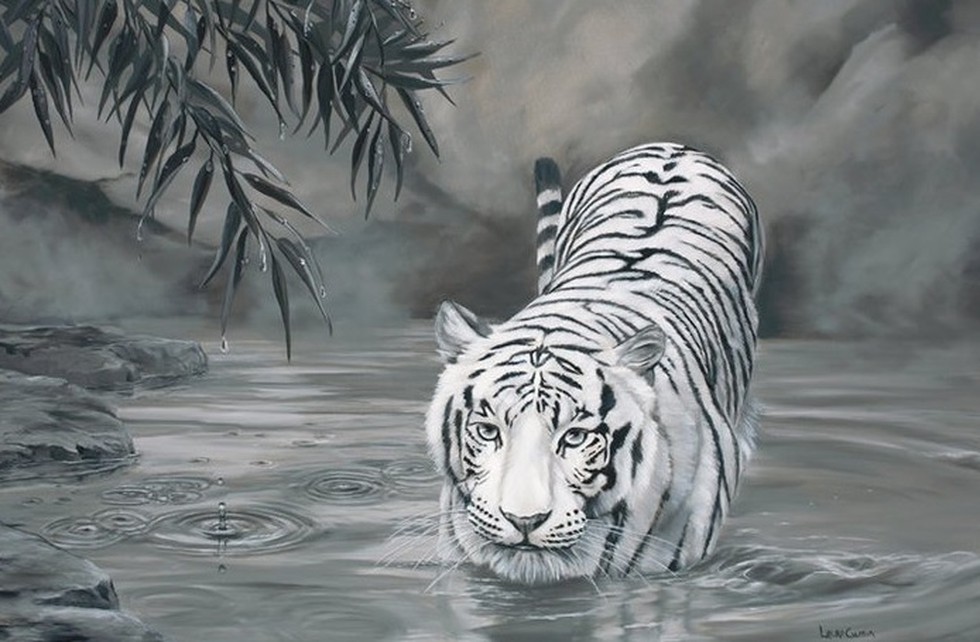
White tigers:
- Reason for White colour: White tigers are not a separate sub-species, but are white in colour due to an expression of recessive genes.
- Distribution: The white tigers are found only among the Indian tigers and can only be seen only in captivity now. The last white tiger reported in the wild was captured in the forests of Rewa in the state of Madhya Pradesh.
- Features: White tigers have pink noses, white-to-cream coloured fur, and black, grey or chocolate-coloured stripes. Their eyes are usually blue, but may be green or amber.
Sanjay Gandhi National Park?
- Sanjay Gandhi National Park is a protected area near Mumbai in Borivali.
- The Kanheri Caves in the centre of the park are a protected archaeological site. The caves were sculpted out of the rocky cliffs by Buddhist monks around 1st century BCE.
- The park encompasses two lakes, Vihar Lake and Tulsi Lake.
May 4, 2019
Prelims Pointers
May 4, 2019
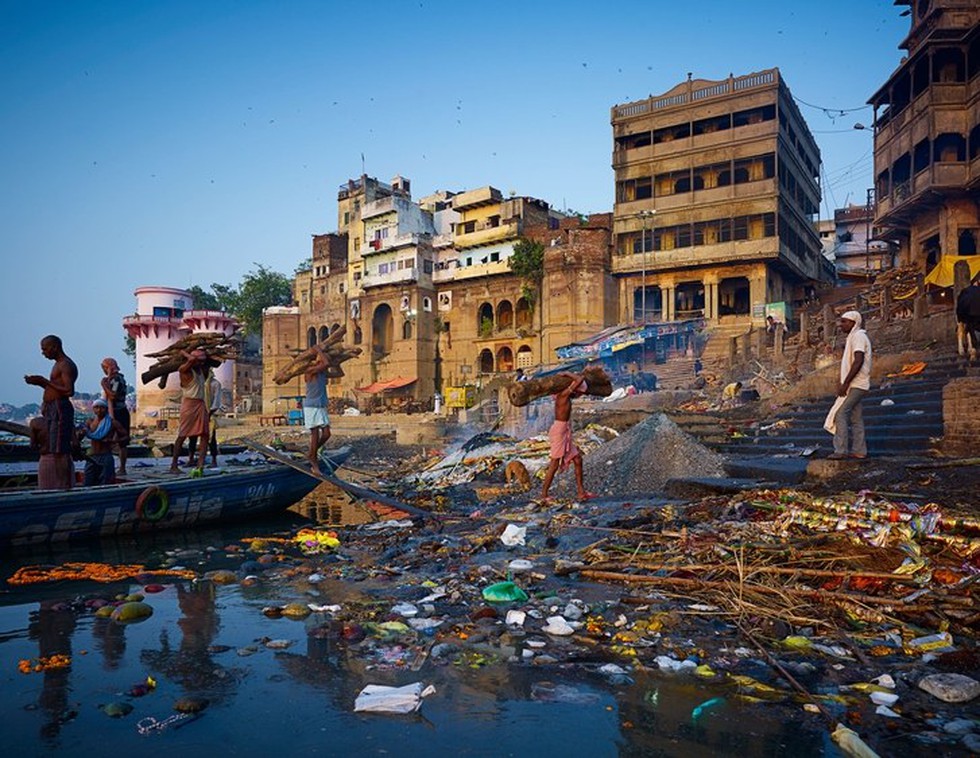
About:
- In 2015, the Union Cabinet approved the flagship "Namami Gange" programme which integrates the efforts to clean and protect the Ganga River in a comprehensive manner.
- In order to implement "Namami Gange" Programme, a three-tier mechanism has been proposed for project monitoring comprising of:
- A high-level task force chaired by Cabinet Secretary.
- State level committee chaired by Chief Secretary.
- District level committee chaired by the District Magistrate.
- A high-level task force chaired by Cabinet Secretary.
- Salient features of Namami Gange:
- Over 1,632-gram panchayats on the banks of Ganga to be made open defecation-free by 2022.
- Several ministries are working with nodal Water Resources Ministry for this project includes - Environment, Urban Development, Shipping, Tourism and Rural Development Ministries.
- Prime focus will be on involving people living on the river's banks in this project.
- Under the aegis of National Mission for Clean Ganga (NMCG) & State Program Management Groups (SPMGs) States and Urban Local Bodies and Panchayati Raj institutions will be involved in this project.
- Setting river-centric urban planning process to facilitate better citizen connects, through interventions at Ghats and Riverfronts.
- Expansion of coverage of sewerage infrastructure in 118 urban habitations on banks of Ganga.
- Development of rational agricultural practices & efficient irrigation methods.
- Over 1,632-gram panchayats on the banks of Ganga to be made open defecation-free by 2022.
Key Findings of the Report on the National Mission for Clean Ganga (NMCG) website:
(NMCG is the implementation wing of National Ganga Council with the aim of cleaning the Ganga and its tributaries in a comprehensive manner)
- Only 10 of 100 sewage infrastructure projects commissioned after 2015 under the Namami Gange mission have been completed. Commissioning of sewage treatment plants (STP) and laying sewer lines are at the heart of the mission to clean the Ganga.
- As of March 2019, around ₹28,000 crore has been sanctioned for various projects but only about ₹6,700 crore (about 25%) has been spent.
- None of the towns through which the Ganga courses through has water fit for bathing or drinking, according to water monitoring reports by the State and Central Pollution Control Board.
Prelims Pointers
May 4, 2019
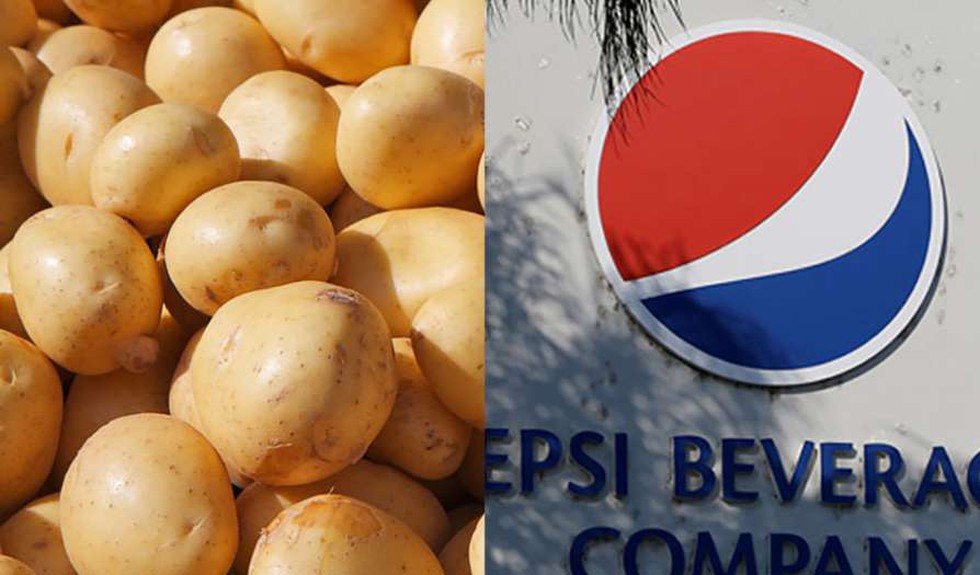
About:
- The patent is for the potato plant variety FL-2027 (commercial name FC-5). Pepsi’s North America subsidiary Frito-Lay has the patent until October 2023.
- For India, PIH has patented FC-5 until January 2031 under the Protection of Plant Varieties and Farmers’ Rights (PPV&FR) Act, 2001.
- Arguments by PIH: PIH, which has a buyback agreement with Gujarat farmers, accused the 11 farmers — three of whom earlier had contracts with the company — of illegally growing, producing and selling the variety “without permission of PIH”.
- Arguments by Farmers:
- The agreement was that PIH would collect potatoes of diameter greater than 45 mm, and that farmers had been storing smaller potatoes for sowing next year.
- They got registered seeds from known groups and farmer communities and had been sowing these for the last four years or so, and had no contractual agreement with anyone.
- According to Section 39(1)(iv) of the PPV&FR Act, a farmer is entitled to save, use, share or sell his farm produce including seed of a variety protected under this Act, provided that he is not entitled to sell branded seed of a variety protected under this Act.
- The rights on a patented seed differ from country to country. In the US, if someone has patented a seed, no other farmer can grow it. If PepsiCo is looking at enjoying similar rights in India, it does not hold.
- The agreement was that PIH would collect potatoes of diameter greater than 45 mm, and that farmers had been storing smaller potatoes for sowing next year.
Prelims Pointers
May 4, 2019
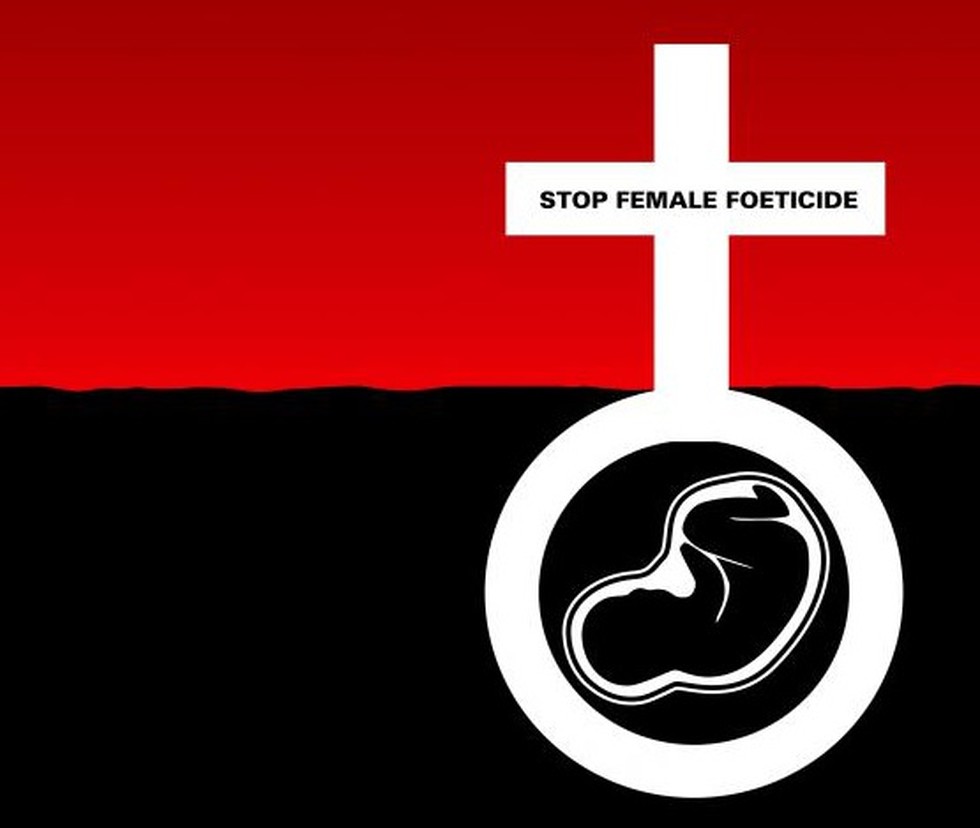
About:
- Full name of the Act: The Pre-conception and Pre-natal Diagnostic Techniques (Prohibition of Sex Selection) Act of 1994.
- Key objective of the Act: To ban the use of sex selection techniques after conception and misuse of pre-natal diagnostic technique for sex selective abortions.
- Salient Features of the Act:
- It provides for the prohibition of sex selection, before or after conception.
- It regulates the use of pre-natal diagnostic techniques only to detect genetic abnormalities, metabolic disorders, chromosomal abnormalities, certain congenital malformations, haemoglobinopathies and sex linked disorders.
- The Central Supervisory Board (CSB) was constituted by the government under Section 7 to review and monitor implementation of the Act and rules made there under
- It ‘criminalises’ non-maintenance of medical records by obstetricians and gynaecologists and suspend their medical licence indefinitely.
- It mandates compulsory registration of all diagnostic laboratories, all genetic counselling centres, genetic laboratories, genetic clinics and ultrasound clinics.
- Any person who puts an advertisement for pre-natal and pre-conception sex determination facilities through any media in electronic or print can be imprisoned and fined.
- It provides for the prohibition of sex selection, before or after conception.
Recent judgement:
- The supreme court held that the particular provision of ‘criminalising’ non-maintenance of medical records by obstetricians and gynaecologists and suspend their medical licence indefinitely is necessary to prevent female foeticide in the country.
- The court dismissed arguments made by doctors that the provisions in the law criminalise even the smallest anomaly in paperwork which is in fact an unintentional error. The sections have made obstetricians and gynaecologists vulnerable to prosecution all over the country.
- There are only 586 convictions out of 4202 cases registered even after 24 years of existence. It reflects the challenges being faced in implementing this social legislation.
Prelims Pointers
May 4, 2019
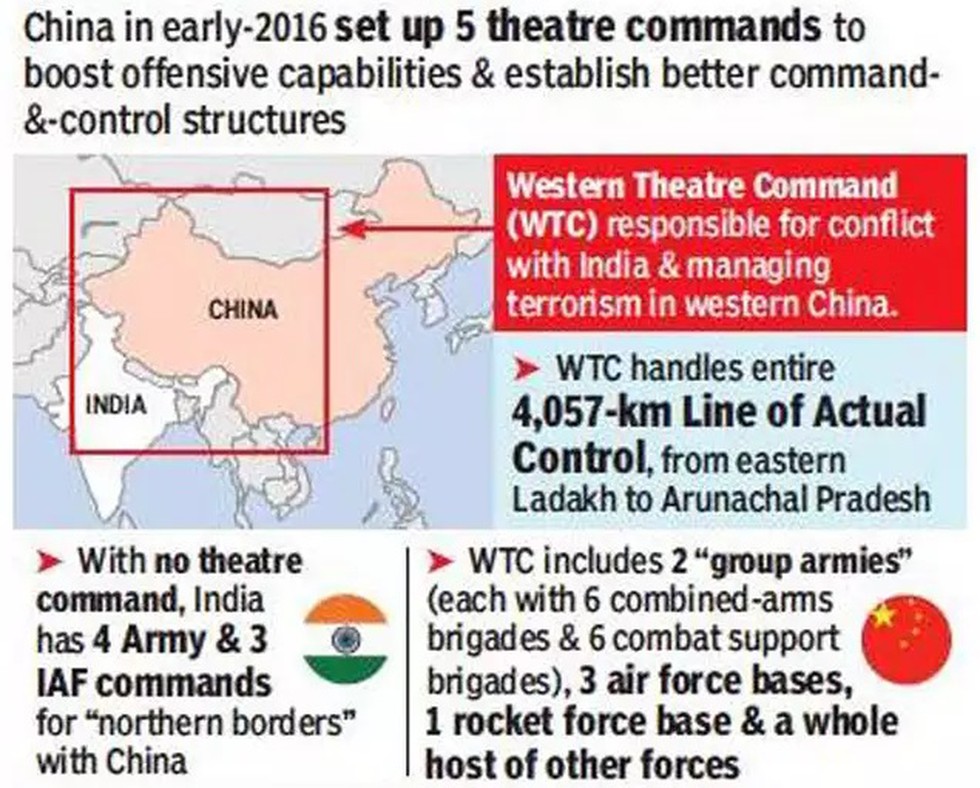
Key Highlights of the report on China’s military’s power:
- China’s expanding military capabilities are as of now mainly geared towards preventing any US military intervention in the Taiwan Strait, South and East China Seas as well as protecting its energy supply routes in the Indian Ocean Region (IOR).
- China continues to rapidly modernise its warfighting capabilities, ranging from nuclear-capable ICBMs (inter-continental ballistic missiles) and submarines to cyberwarfare and anti-satellite weapons.
- China is also developing hypersonic missiles (In August 2018, China successfully tested the Xingkong-2, a hypersonic waverider vehicle).
- However, it also seeks to establish additional military bases to project it’s hard power as well as guard its OBOR projects. After setting up its first overseas military base at Djibouti in 2017, apart from its submarines regularly using Karachi, China’s target locations for military basing could include West Asia, south-east Asia and the western Pacific.
Comment on India and China:
- China effectively uses Pakistan to bog India down in south Asia. China has sold arms worth over $5 billion to Pakistan, which range from the Caihong armed drones and precision strike weapons to eight Yuan class submarines and four Type-054A multi-role frigates.
- Chinese leaders are expert at employing tactics short of armed conflicts – such as Doklam standoff in 2017 – to pursue their objectives of territorial and maritime claims in the South and East China Seas as well as along its land borders with India and Bhutan.
- China has also setup 14 airbases and an extensive rail and road network in Tibet for swift deployment of troops along the LAC.
- India has no option but to keep a close watch on China’s strategic moves in the IOR and along the 4,057-km long line of actual control as well the ever-expanding military bonding between China and Pakistan.
Prelims Pointers
May 4, 2019
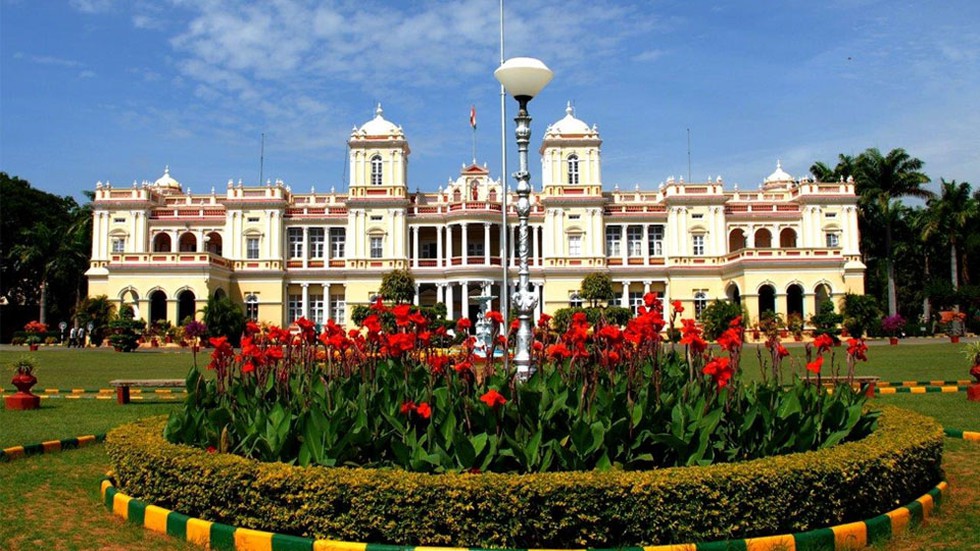
About:
- Parent body: CFTRI is a constituent laboratory of Council of Scientific and Industrial Research (CSIR).
- Established in: 1950.
- Location: It is headquartered in Mysore, Karnataka. It also has its resource centers in Hyderabad, Lucknow and Mumbai.
- Mandate:
- The institute develops technologies to increase efficiency and reduce post-harvest losses, add convenience, increase export, find new sources of food products, integrate human resources in food industries, reduce costs, and modernize.
- Some of the Research focus areas of the institute are Food engineering, food biotechnology, microbiology, grain sciences, sensory science, Biochemistry, Molecular Nutrition and food safety.
- The institute develops technologies to increase efficiency and reduce post-harvest losses, add convenience, increase export, find new sources of food products, integrate human resources in food industries, reduce costs, and modernize.
Prelims Pointers
May 4, 2019

About:
- Meaning: PPIs are instruments that facilitate purchase of goods and services, including financial services, remittance facilities, etc., against the value stored on such instruments.
- Examples: Prepaid instruments can be issued as smart cards, magnetic stripe cards, internet accounts, internet wallets, mobile accounts, mobile wallets, paper vouchers and any of the instruments used to access the prepaid amount.
- Types: PPIs that can be issued in India are classified under three types viz.
- Closed System PPIs: These PPIs are issued by an entity for facilitating the purchase of goods and services from that entity only and do not permit cash withdrawal. The operation of such instruments doesn’t require approval by the RBI.
- Semi-closed System PPIs: These PPIs are issued by banks (approved by RBI) and non-banks (authorized by RBI) for purchase of goods and services at merchant locations which have a specific contract with the issuer to accept the PPIs as payment instruments.
- Open System PPIs: These PPIs are issued only by banks (approved by RBI) and are used at any merchant for purchase of goods and services. Cash withdrawal at ATMs / Points of Sale (PoS) terminals / Business Correspondents (BCs) are also allowed through such PPIs.
- Closed System PPIs: These PPIs are issued by an entity for facilitating the purchase of goods and services from that entity only and do not permit cash withdrawal. The operation of such instruments doesn’t require approval by the RBI.
- PPI issuer: PPI issuer is an entity operating / participating in a payment system for issuing PPIs to individuals / organisations. The money so collected is used by the entity to make payment to the merchants.
- PPI Holder: A holder is an individual / organisation who obtains / purchases PPI from the PPI issuer and uses the same for purchase of goods and services.
Prelims Pointers
May 4, 2019
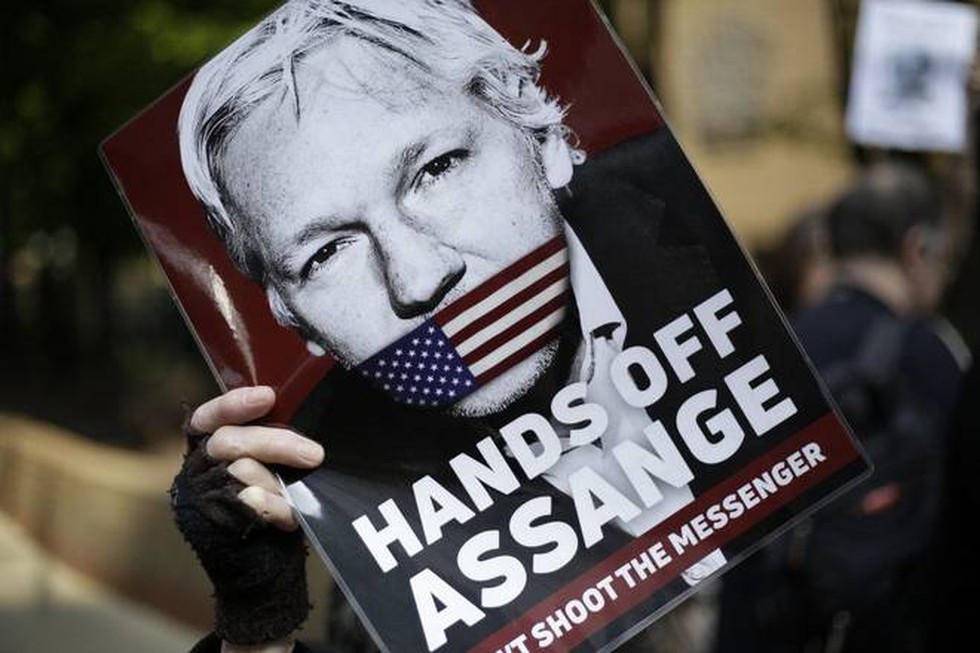
About:
- Timeline: The Working Group on Arbitrary Detention was established by resolution in 1991 of the former Commission on Human Rights. its mandate was most recently extended by Human Rights Council resolution 33/30 of 30 September 2016 for a further three year period.
- Status: It is one of the thematic special procedures overseen by the United Nations Human Rights Council (UNHRC), and is therefore a subsidiary body of the UN.
- Composition: This Working Group is composed of 5 independent human rights experts who are appointed in equitable geographical distribution from the following regions: Africa, Asia, Eastern Europe, Western Europe and Other Countries, and South America and Caribbean.
- Mandate:
- To investigate cases of deprivation of liberty imposed arbitrarily or otherwise inconsistent with the Universal Declaration of Human Rights;
- To conduct field missions upon the invitation of Government in order to understand the underlying reasons for instances of arbitrary deprivation of liberty; and
- To present an annual report to the Human Rights Council presenting its activities, findings, conclusions and recommendations.
- To investigate cases of deprivation of liberty imposed arbitrarily or otherwise inconsistent with the Universal Declaration of Human Rights;
Julian Assange and view of the UN Working Group on Arbitrary Detention:
- The 50-week jail sentence given to Julian Assange for breaching a British court’s bail conditions seven years ago is “disproportionate.”
- The Swedish allegations — the initial offence that triggered his British arrest — had been withdrawn and that the original bail terms should therefore have been nullified.
- This treatment appears to contravene the principles of necessity and proportionality envisaged by the human rights standards.
Prelims Pointers
May 4, 2019
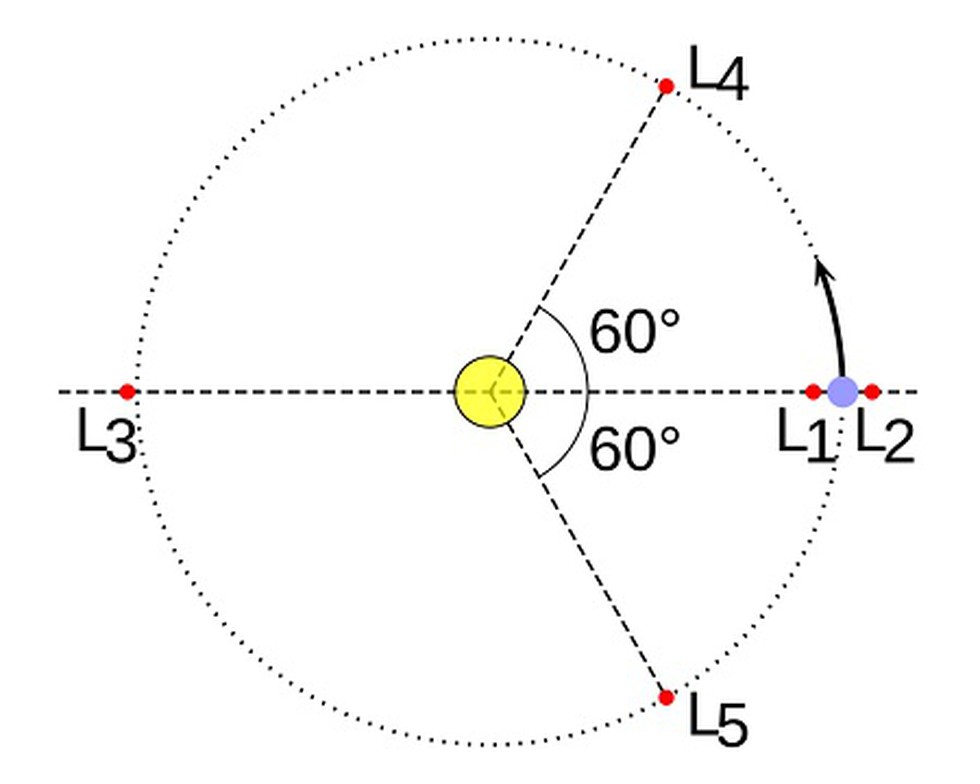
About:
- Objective: The probe named Aditya-L1 will be sent by PSLV-XL from Sriharikota to observe the solar corona, the outer layers of the Sun.
- Features: It will be inserted in a halo orbit around the Lagrangian point 1 (L1) of the Sun-Earth system, which is 1.5 million km from the Earth.
- Significance of Mission:
- A Satellite placed in the halo orbit around the Lagrangian point 1 (L1) of the Sun-Earth system has the major advantage of continuously viewing the Sun without any eclipses.
- Only NASA and ESA have successfully placed satellites at the L1 point as of date.
- This will be the first Indian space mission to study the Sun.
- It will be India’s third big extra-terrestrial outing after Moon and Mars.
- A Satellite placed in the halo orbit around the Lagrangian point 1 (L1) of the Sun-Earth system has the major advantage of continuously viewing the Sun without any eclipses.
Lagrange Points:
- A Lagrange point is a location in space where the combined gravitational forces of two large bodies, such as Earth and the sun or Earth and the moon, equal the centrifugal force felt by a much smaller third body.
- The interaction of the forces creates a point of equilibrium where a spacecraft may be "parked" to make observations.
- These points are named after Joseph-Louis Lagrange, an 18th-century mathematician who wrote about them in a 1772 paper concerning what he called the "three-body problem." They are also called Lagrangian points and libration points.
- Structure of Lagrange points in sun-earth system:
- There are five such points, labeled L1 to L5, all in the orbital plane of the two large bodies.
- The first three are on the line connecting the two large bodies; the last two, L4 and L5, each form an equilateral triangle with the two large bodies.
- The two latter points are stable, which implies that objects can orbit around them in a rotating coordinate system tied to the two large bodies.
Prelims Pointers
May 4, 2019
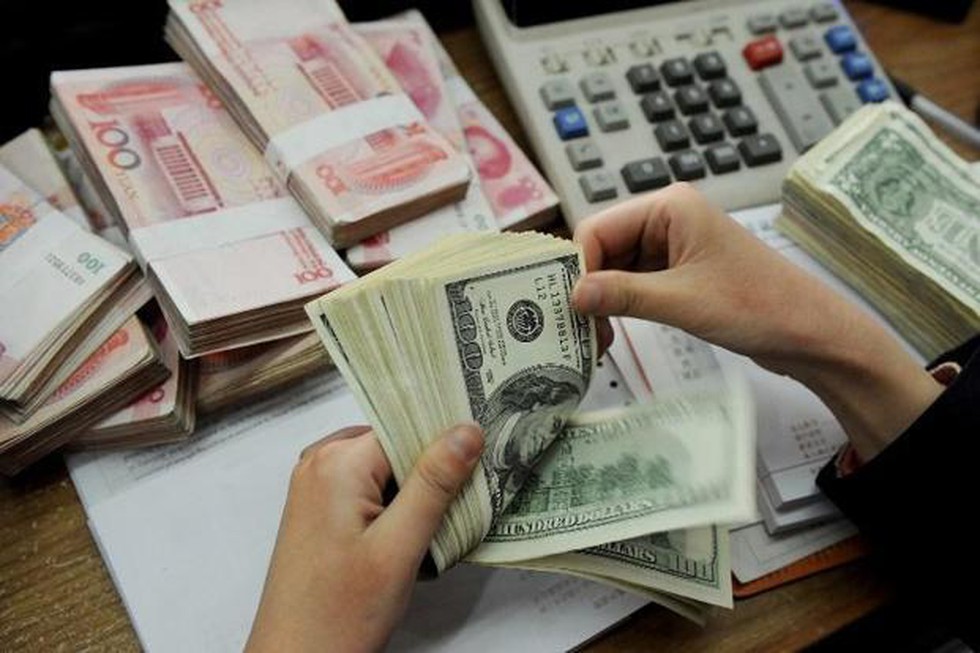
About:
- Meaning: Foreign-exchange reserves (also called forex reserves or FX reserves) are reserve assets held by a central bank in foreign currencies, used to back liabilities on their own issued currency as well as to influence monetary policy.
- Importance of Forex:
- Reserves are held for maintaining liquidity and allowing time to absorb shocks in situations where access to borrowing is curtailed or are very costly.
- It provides confidence that the authorities are committed to the timely discharge of external obligations and to supporting the value of the local currency.
- It is an important component of the Balance of Payment and an essential element in the analysis of an economy’s external position.
- The aftermath of the global financial crisis has, however, triggered a debate on the costs of building up foreign exchange reserves as a self-insurance mechanism. It needs to be acknowledged that Forex reserves have helped insulate India from the worst.
- Reserves are held for maintaining liquidity and allowing time to absorb shocks in situations where access to borrowing is curtailed or are very costly.
Indian Forex:
- Components: India’s foreign exchange reserves comprise -
- Foreign currency assets (FCAs). These are maintained in currencies like US dollar, euro, pound sterling, Australian dollar and Japanese yen.
- Gold
- SDR (special drawing rights) in IMF: This is the reserve CURRENCY with IMF
- RTP (reserve tranche position) in IMF: This is the reserve CAPITAL with IMF
- Reserves are denominated and expressed in the US dollar, which is the international numeraire for the purpose.
- India’s FOREX is governed by RBI under RBI act,1934.
- The level of foreign exchange reserves is largely the outcome of the RBI’s intervention in the foreign exchange market. The twin objectives of safety and liquidity are the guiding principles of foreign exchange reserves management in India.
Prelims Pointers
May 4, 2019
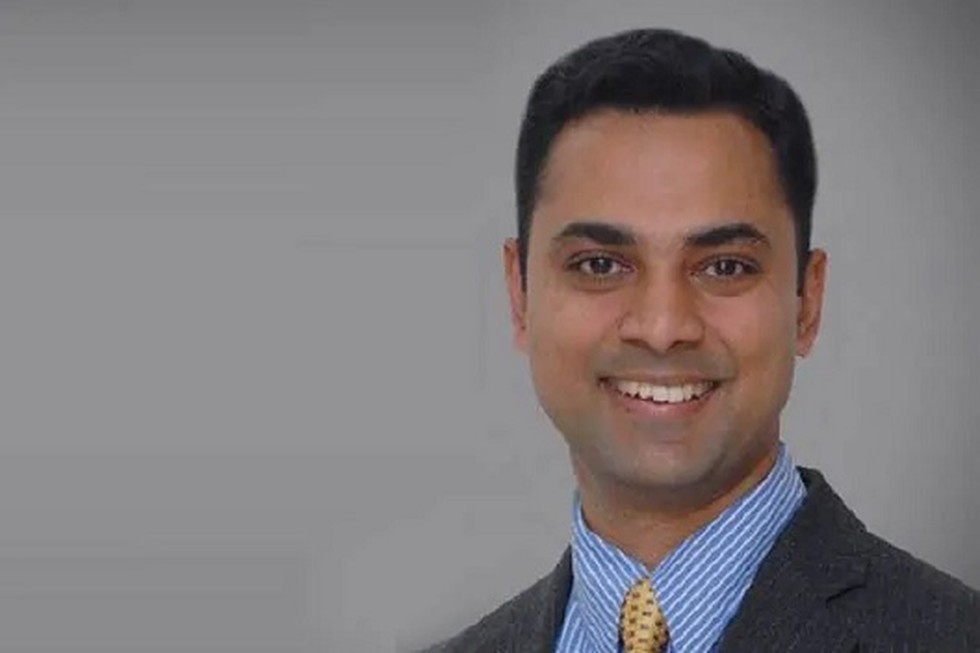
About:
- Background: In April, 2018 the Fifteenth Finance Commission had constituted an Advisory Council.
- The role and function of the Council:
- To advise the Commission on any relevant issue related to the Terms of Reference (ToR) of the Commission.
- To assist in the preparation of any research study which would enhance the Commission’s understanding on the issue contained in its ToR; and
- To help in broadening the Commission’s understanding to seek best national and international practices on matters pertaining to fiscal devolution.
- To advise the Commission on any relevant issue related to the Terms of Reference (ToR) of the Commission.
Krishnamurthy Subramanian:
- Krishnamurthy Subramanian will be the twelfth Member of the Council.
- In December 2018, the government appointed Subramanian of Indian School of Business (ISB), Hyderabad, as the chief economic advisor in the finance ministry for three years.

